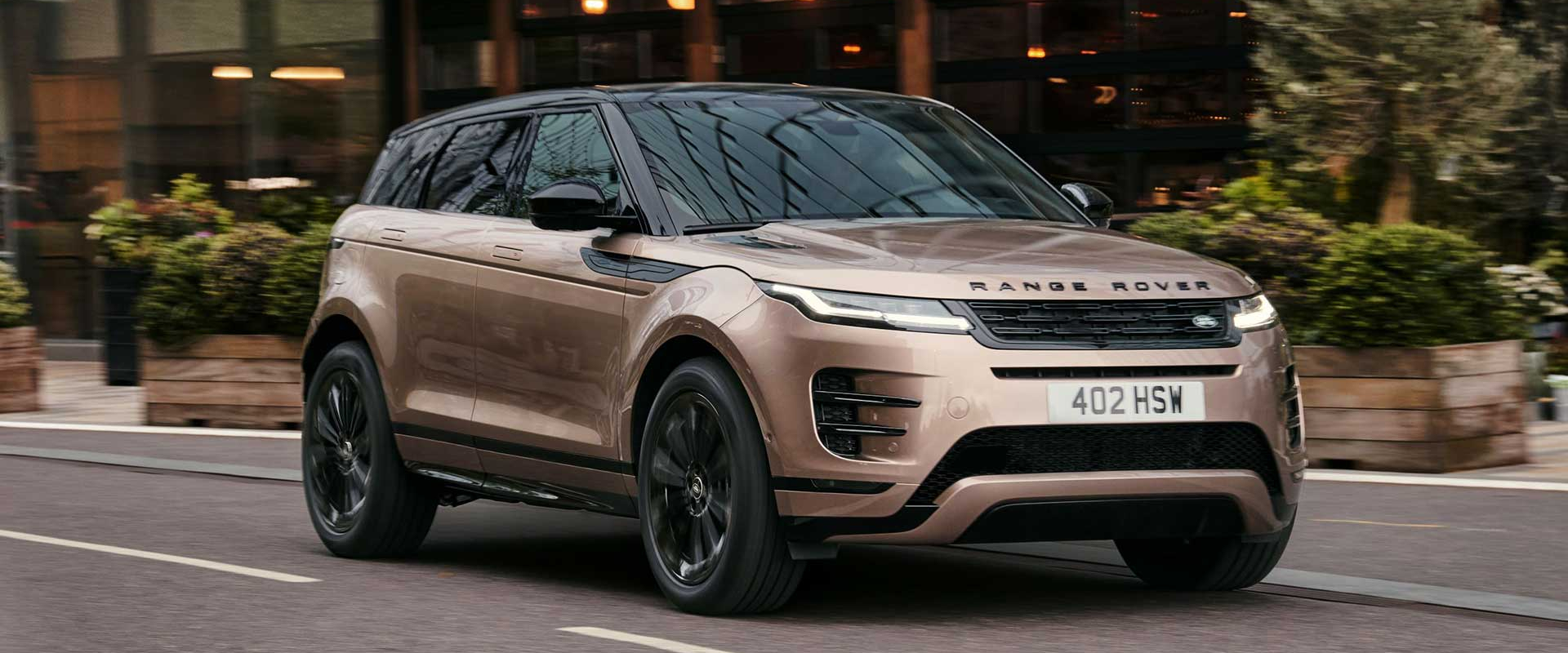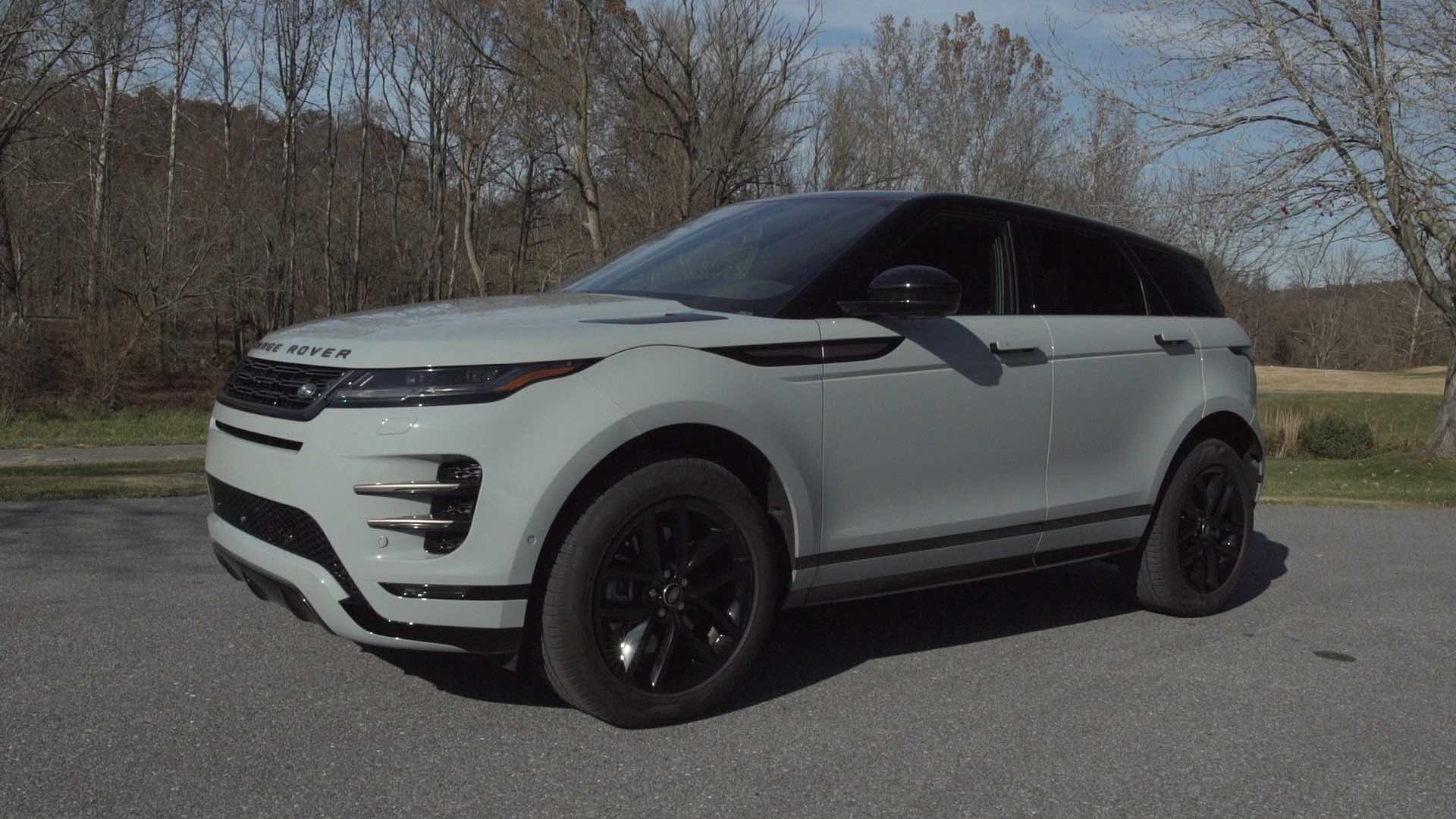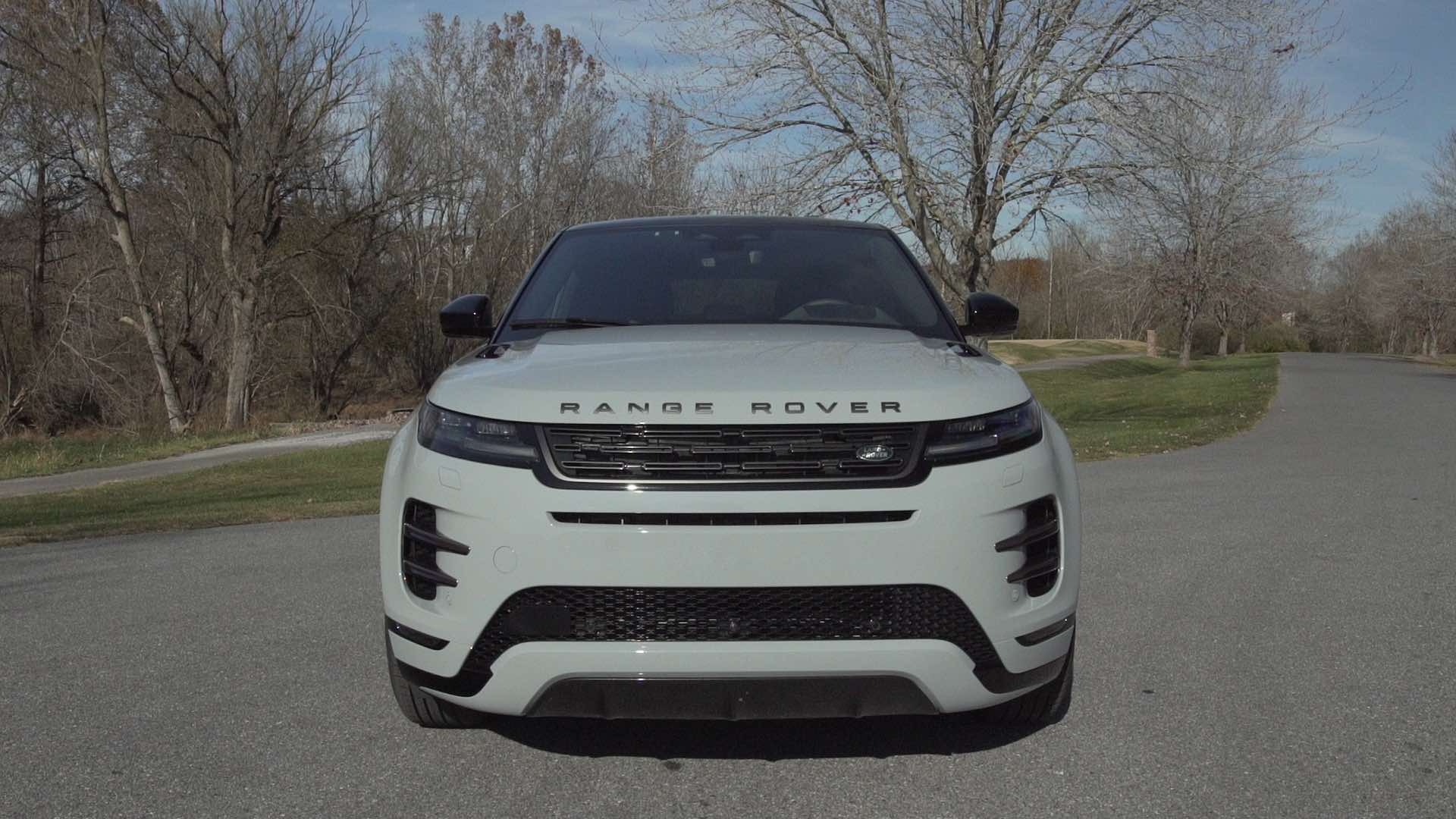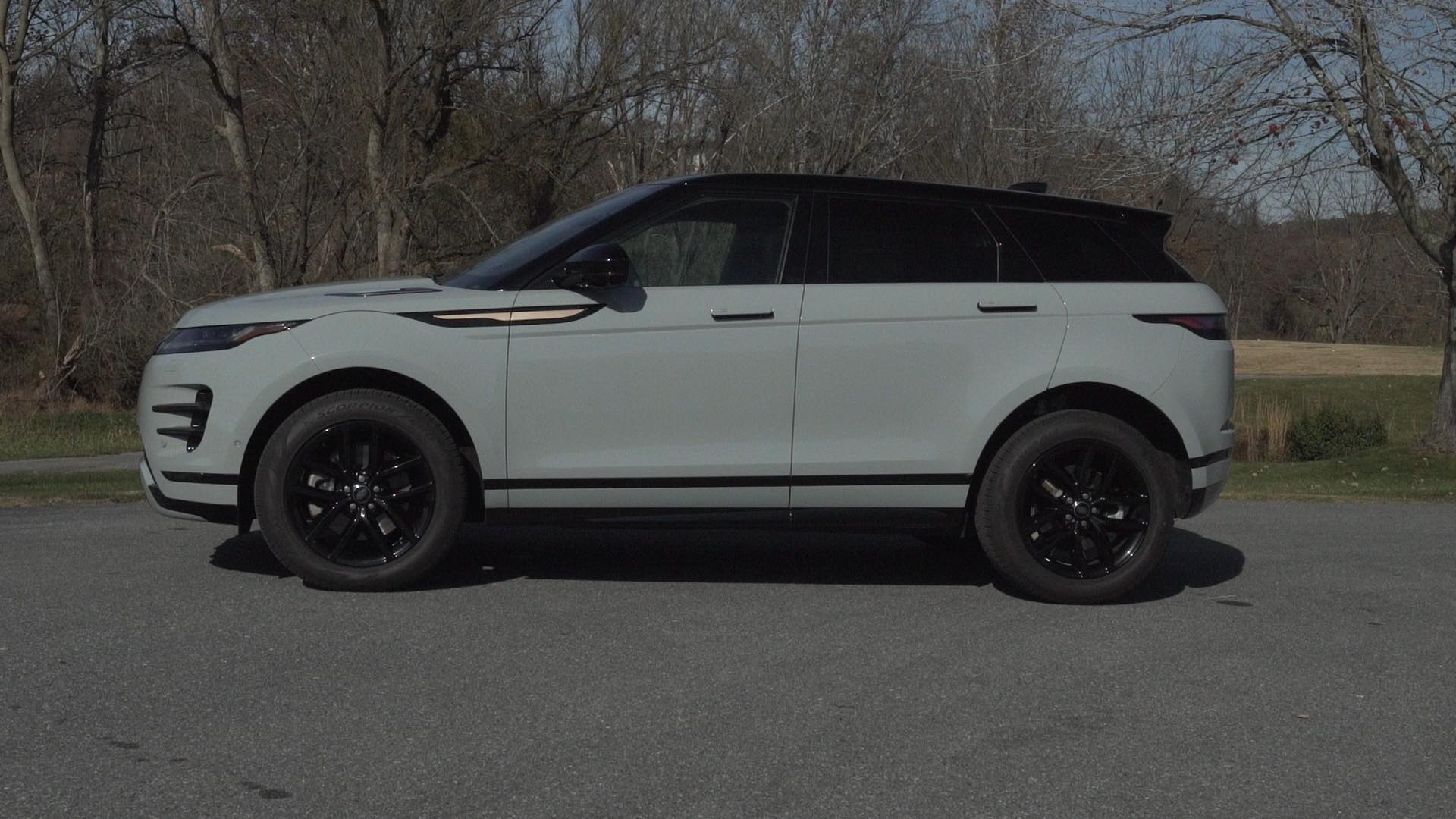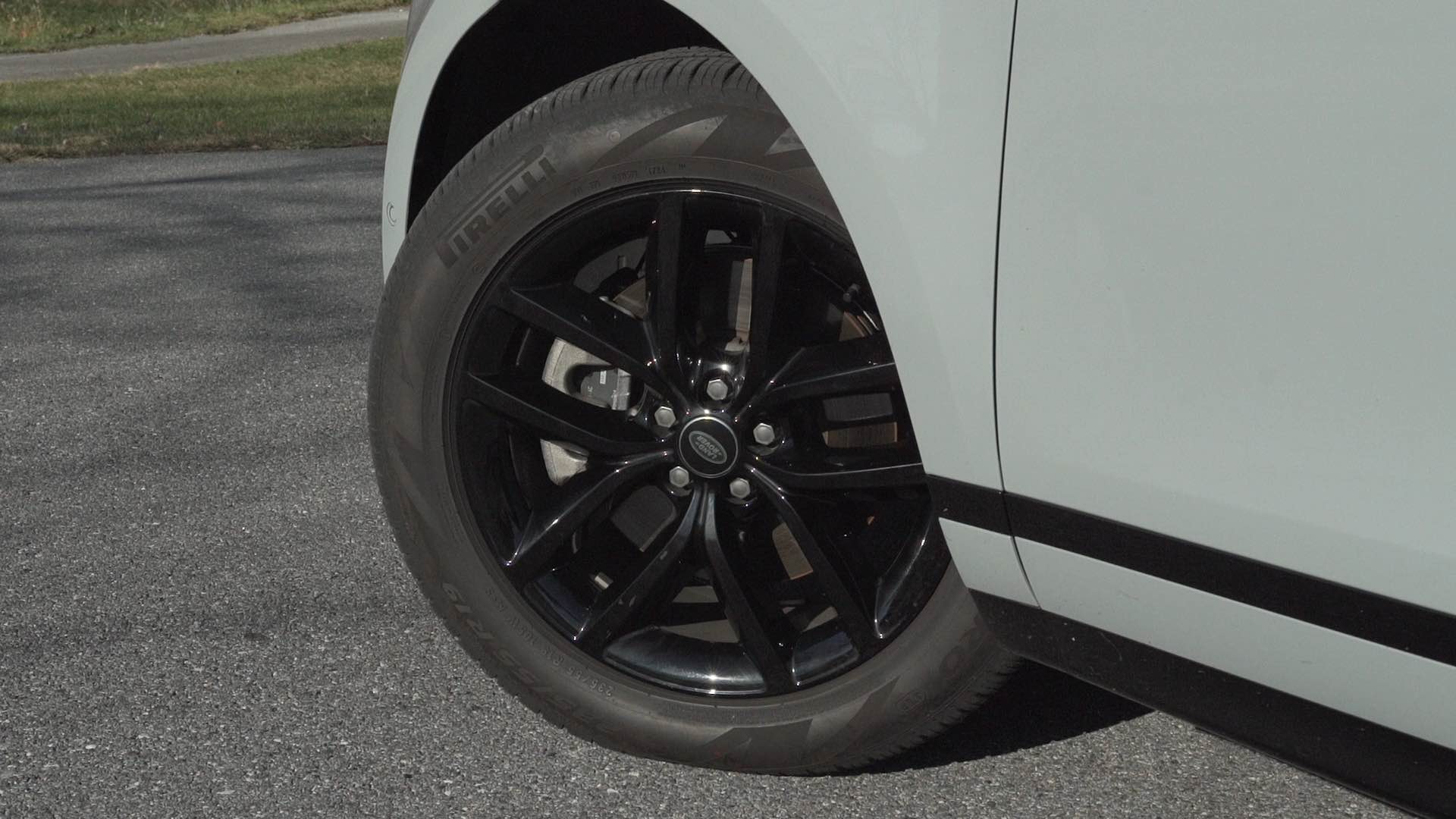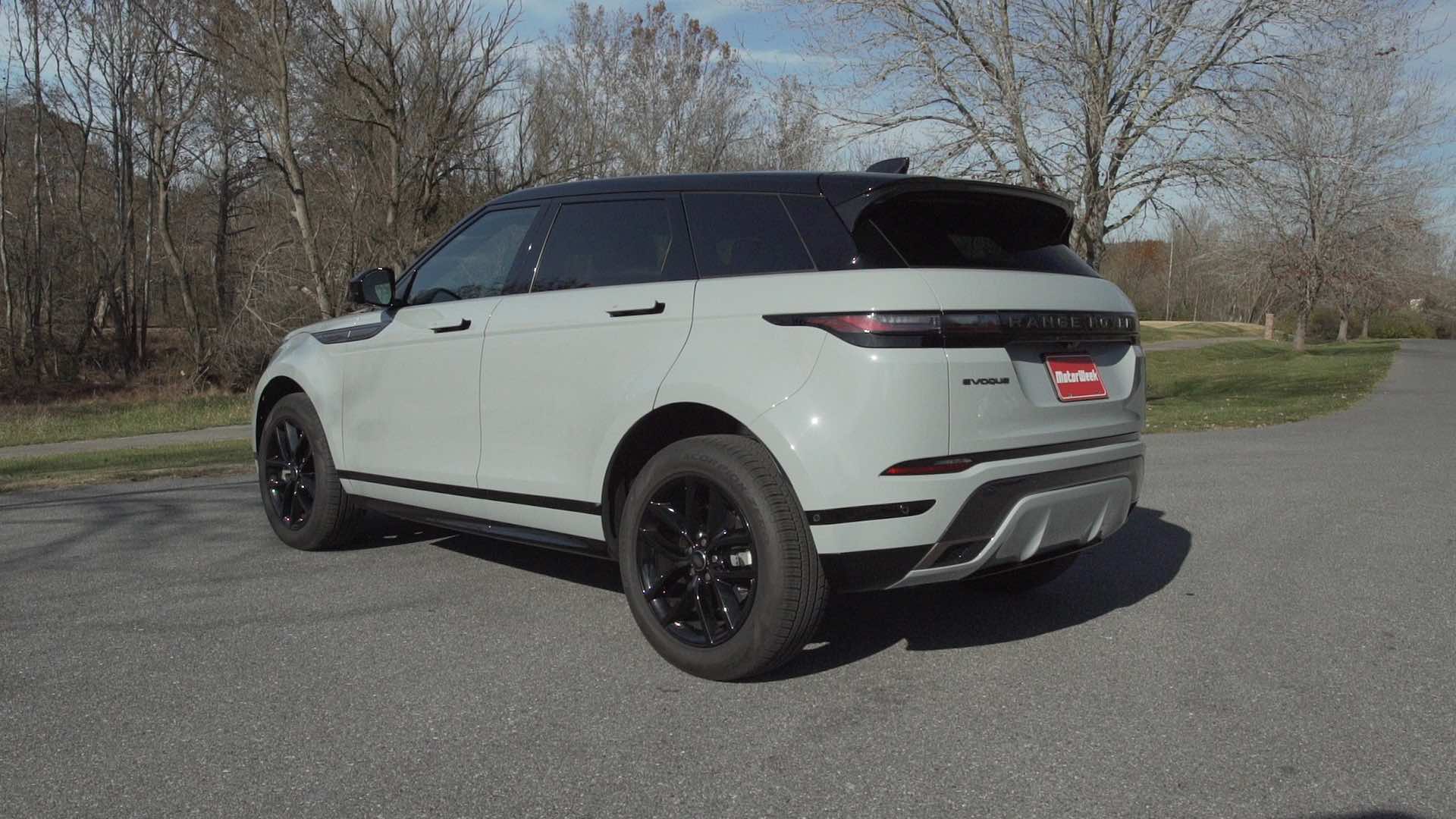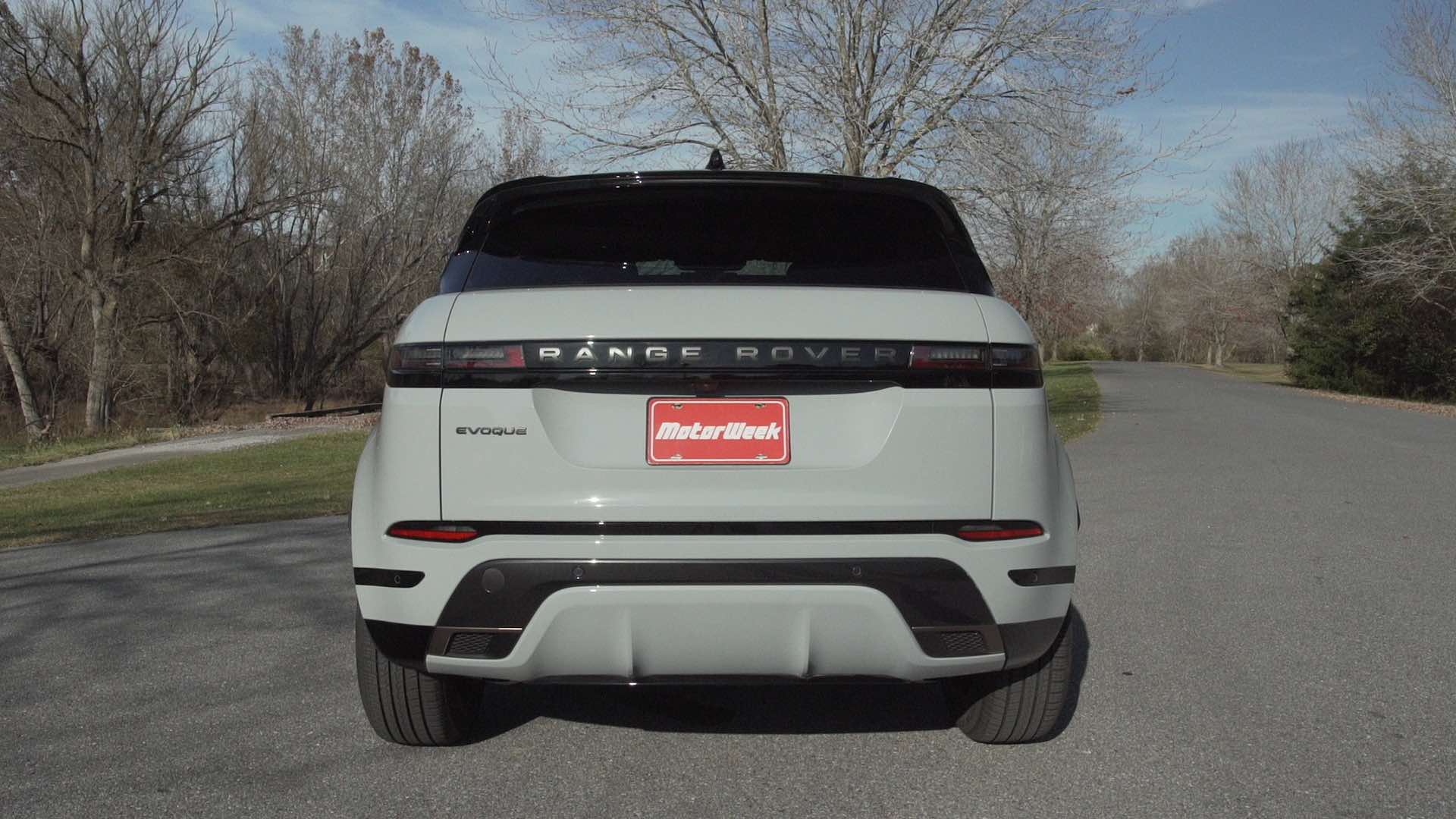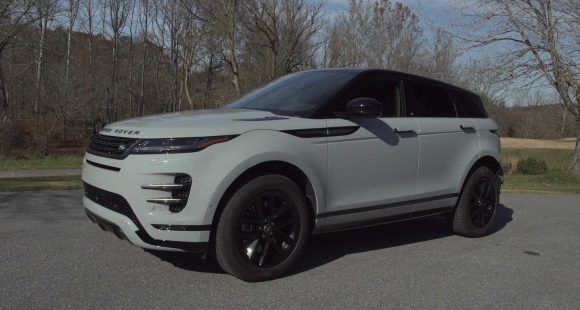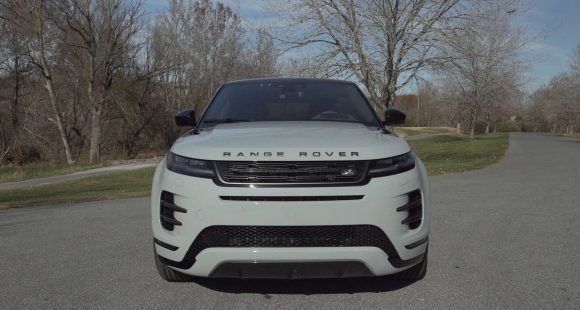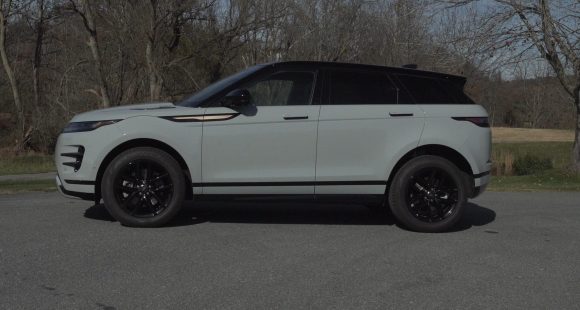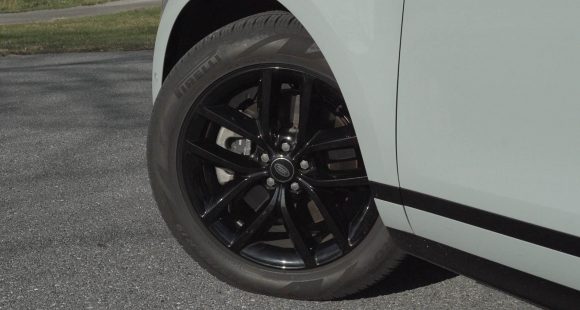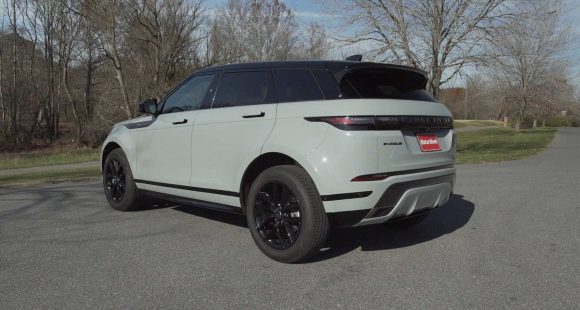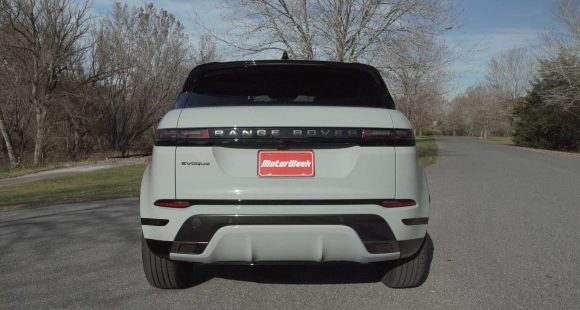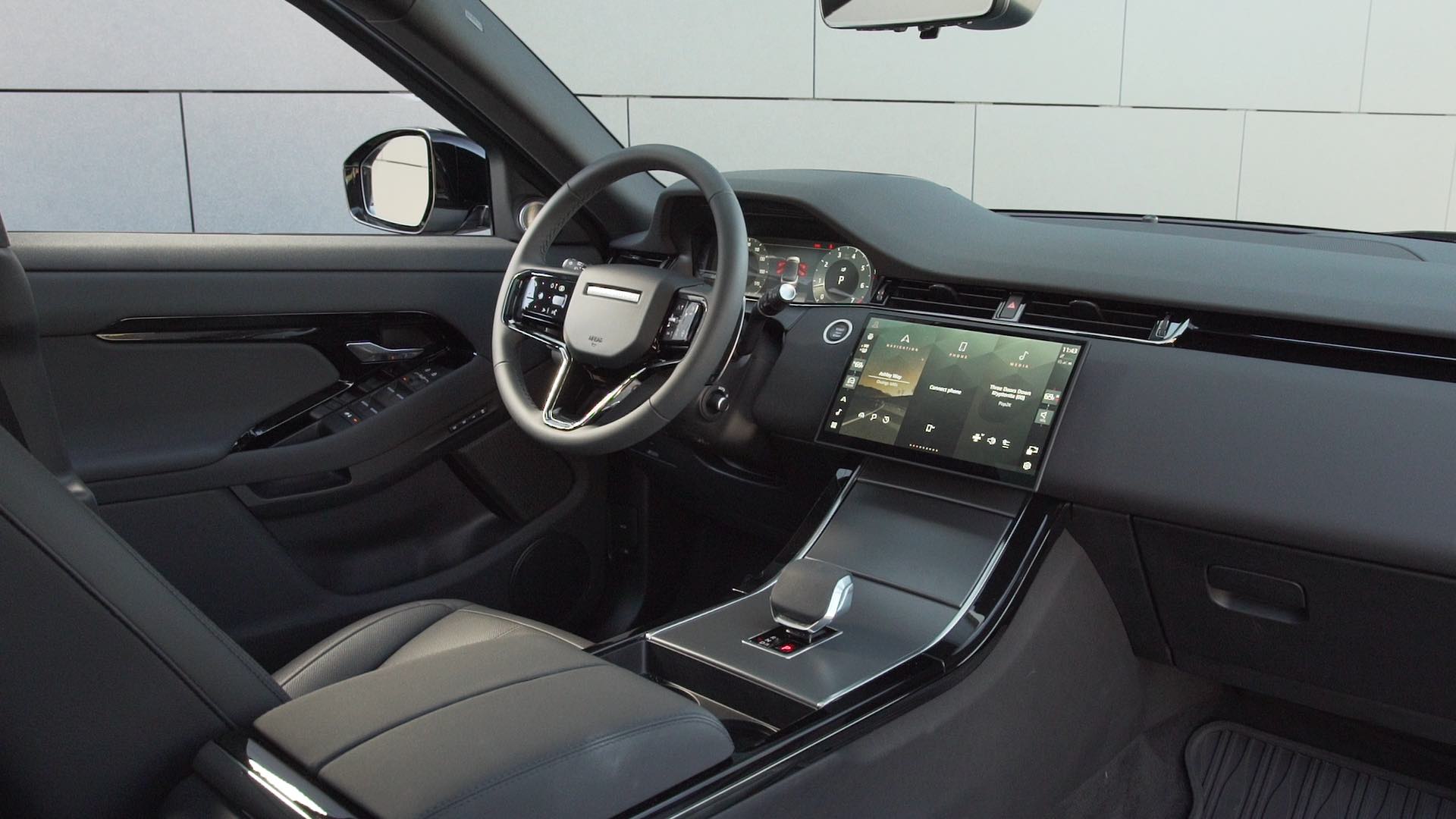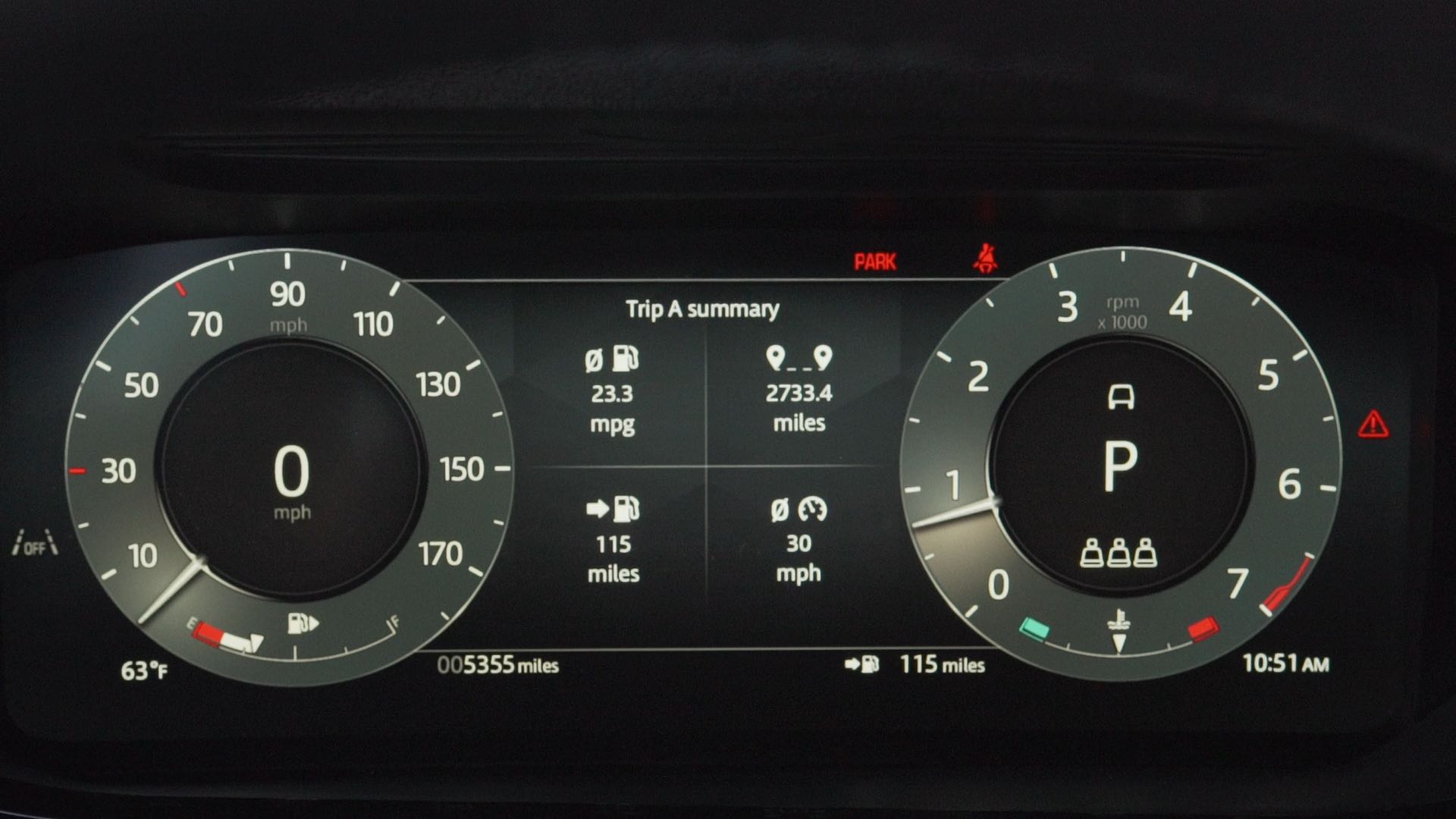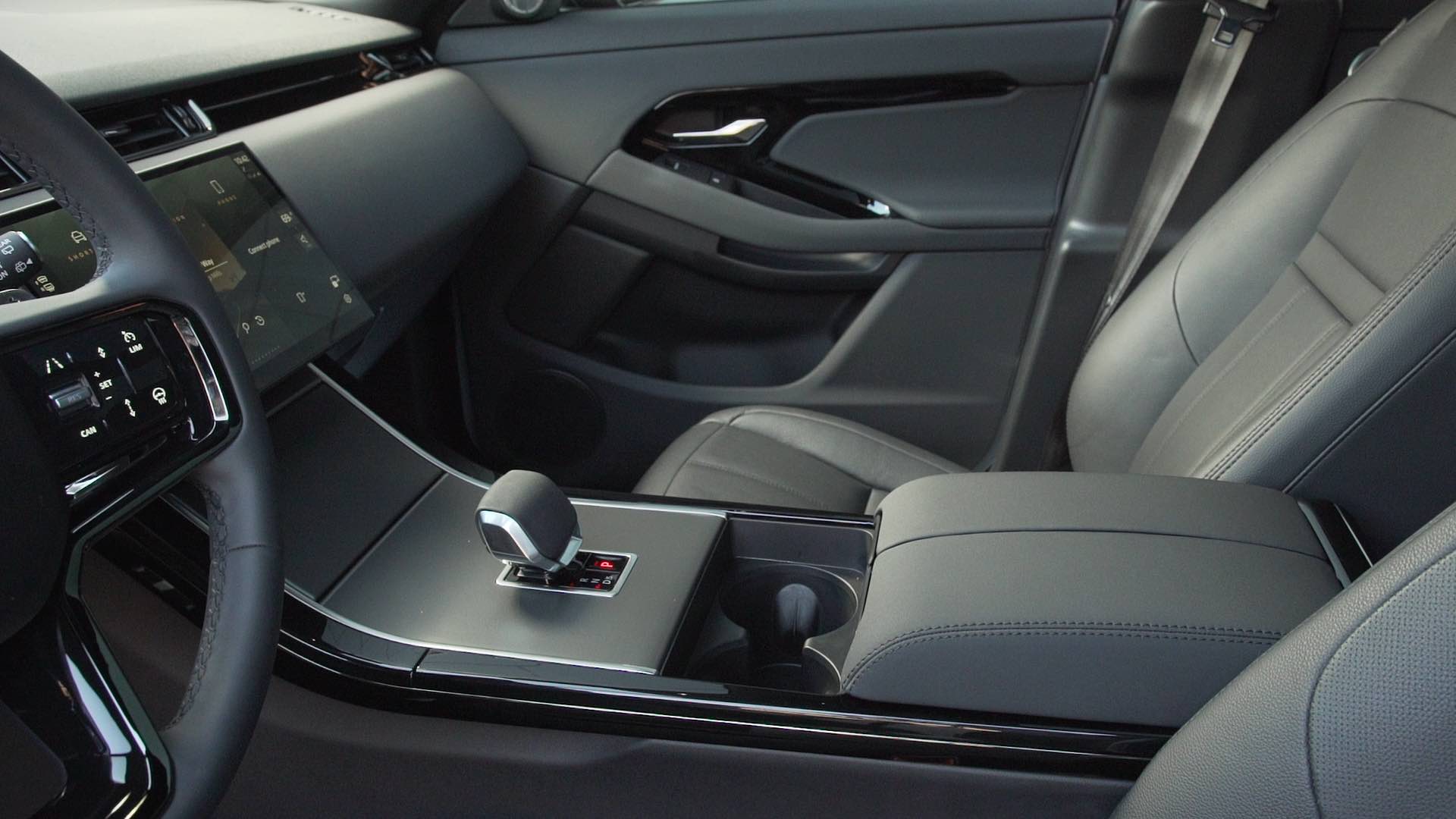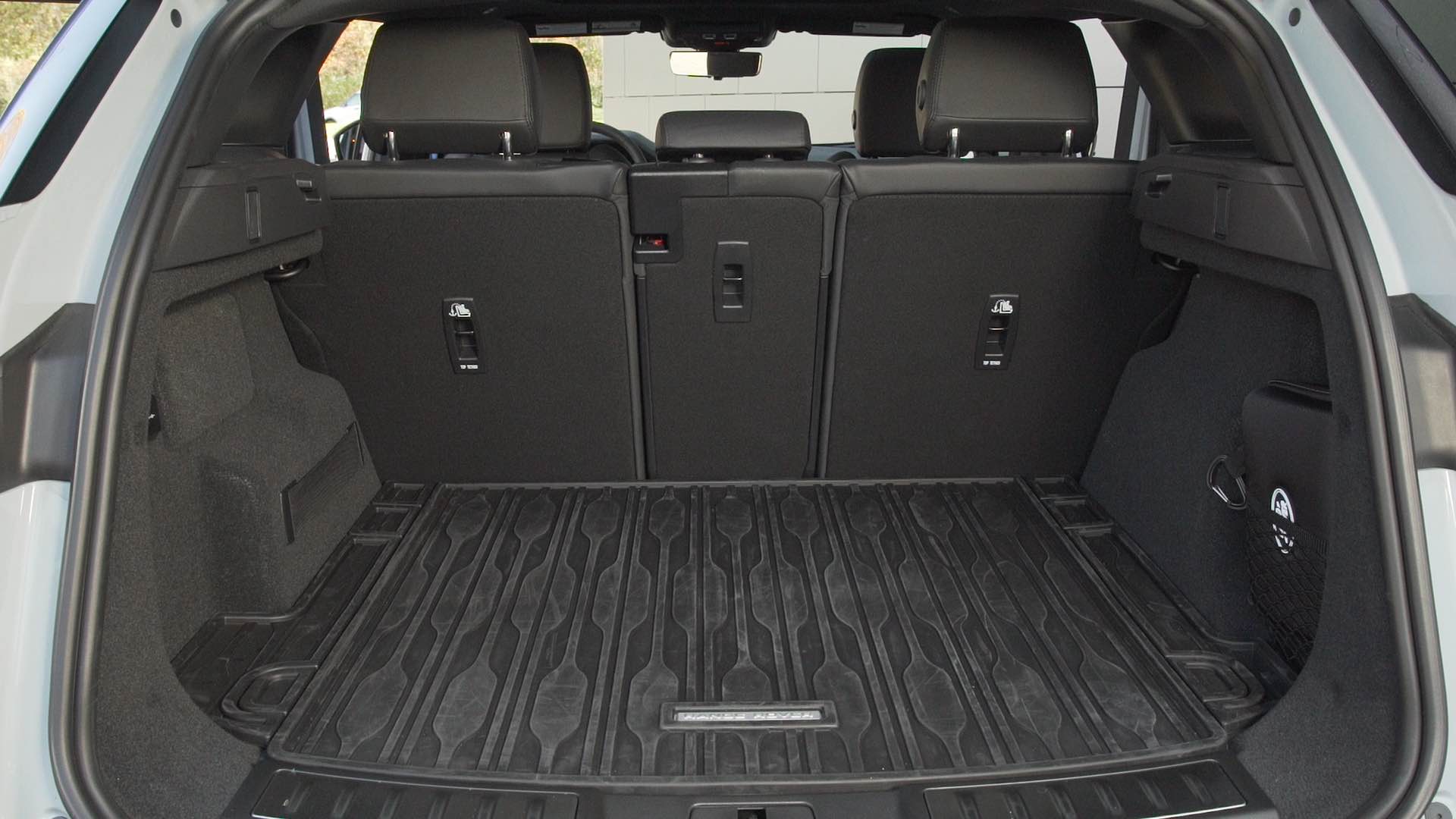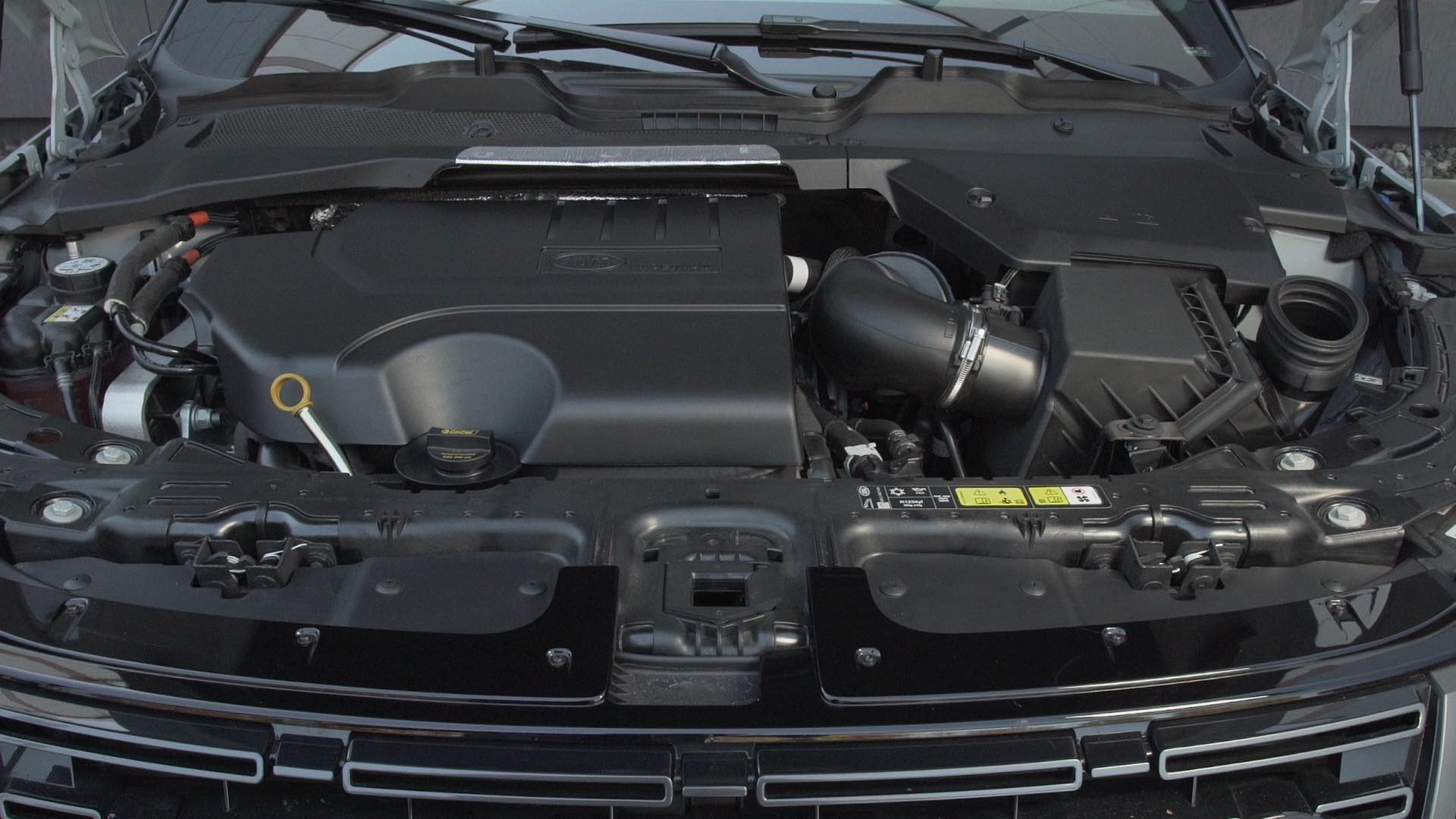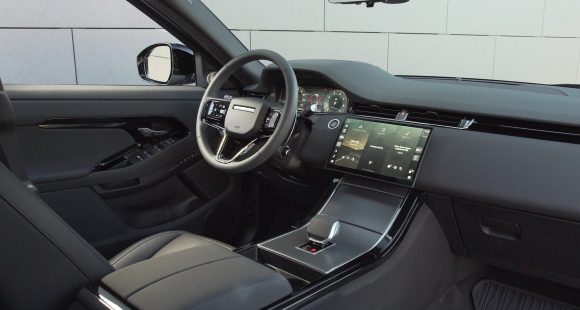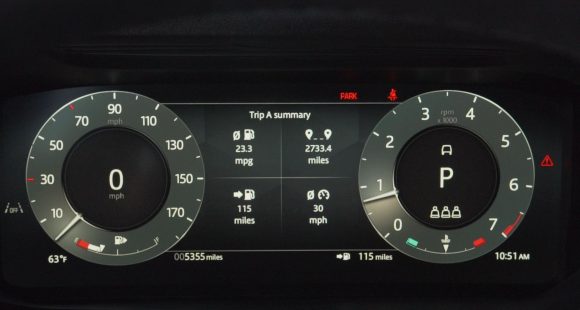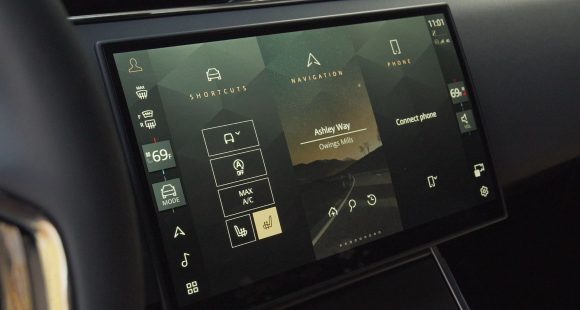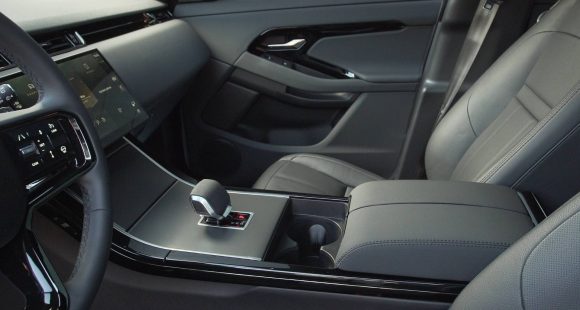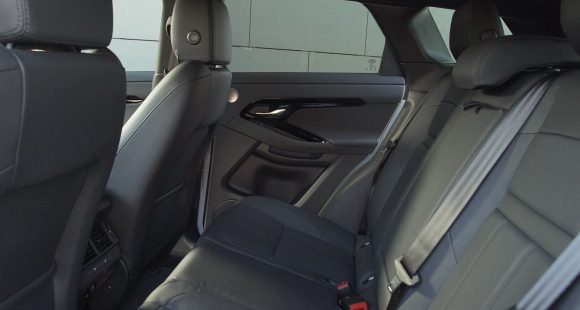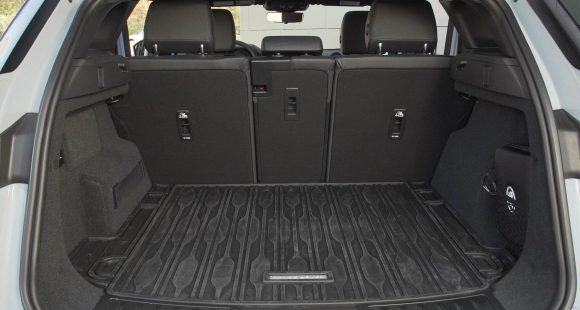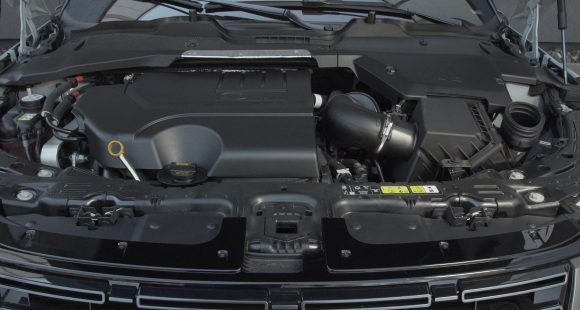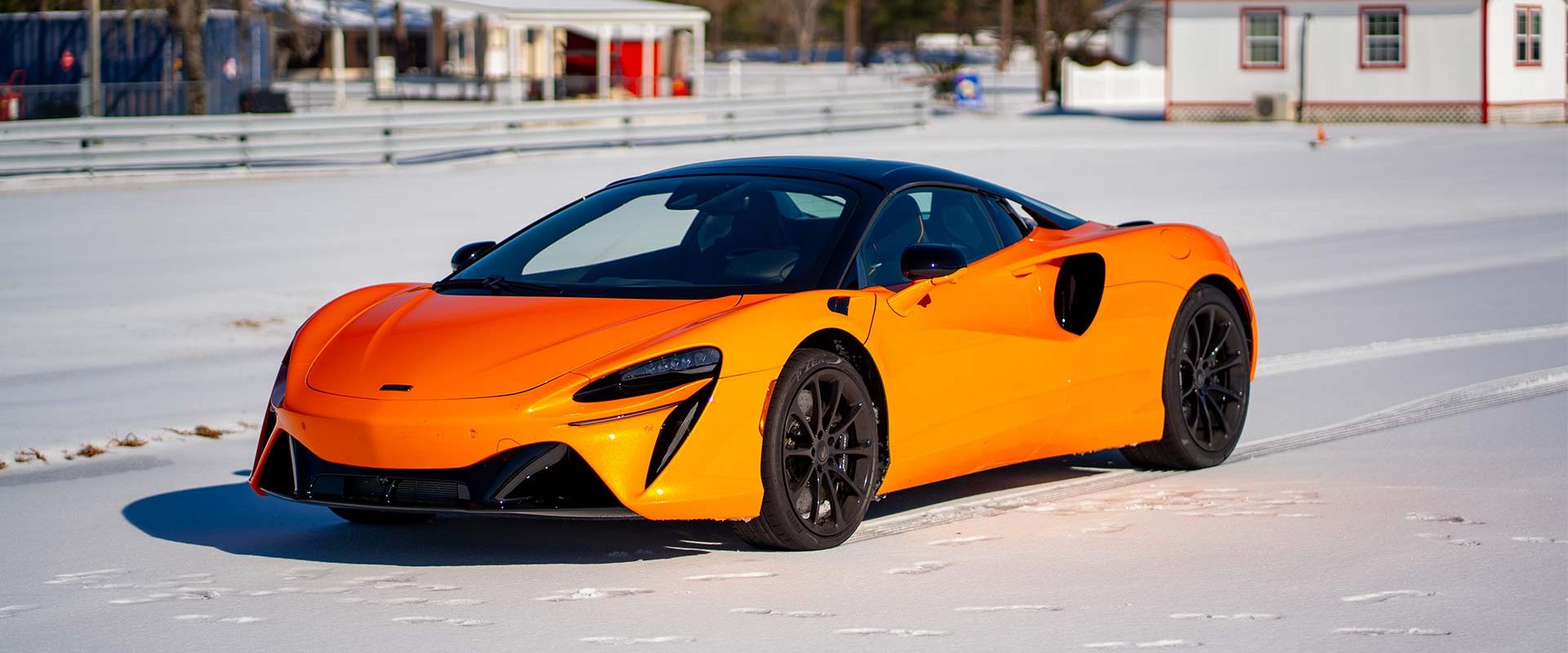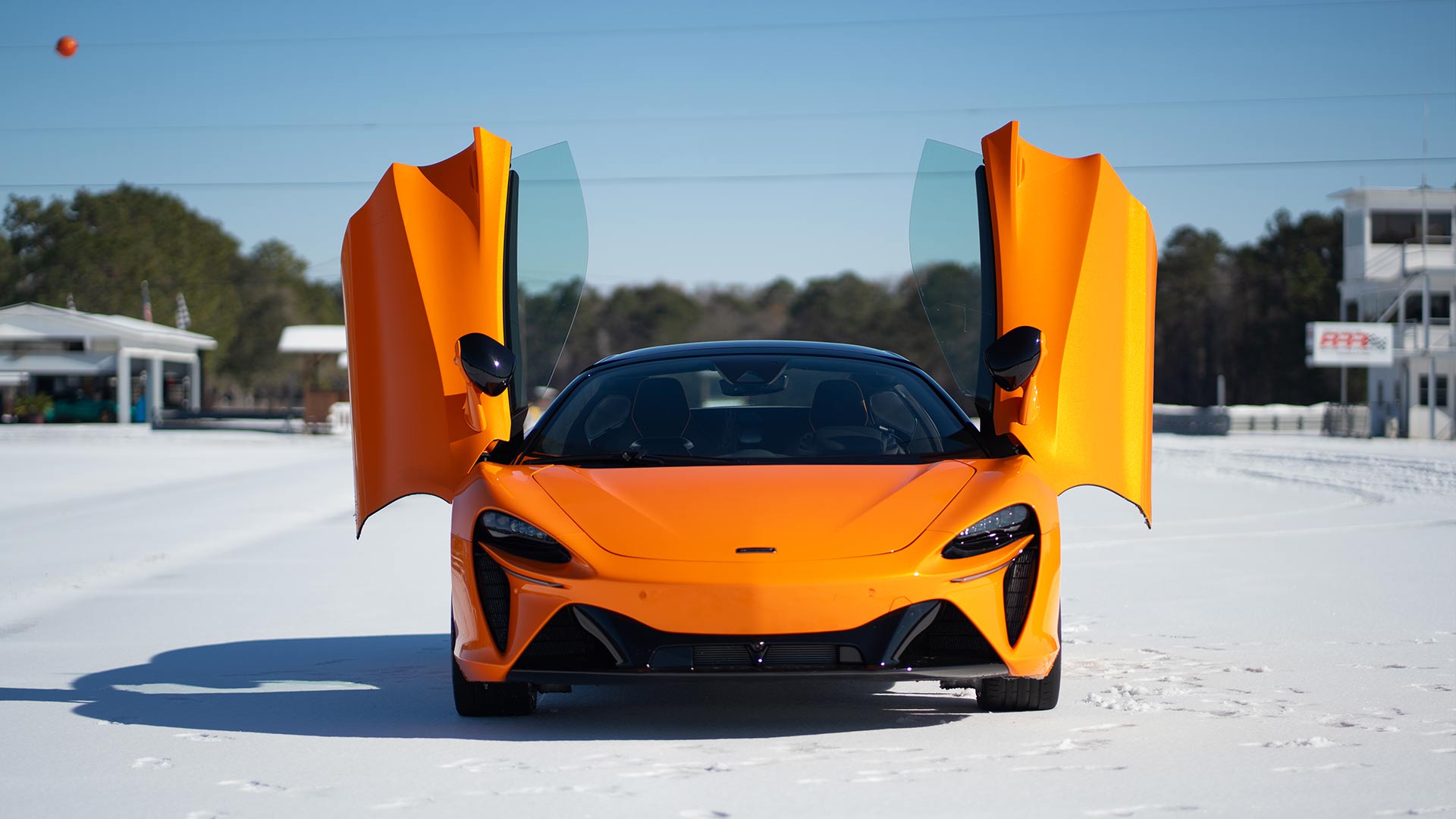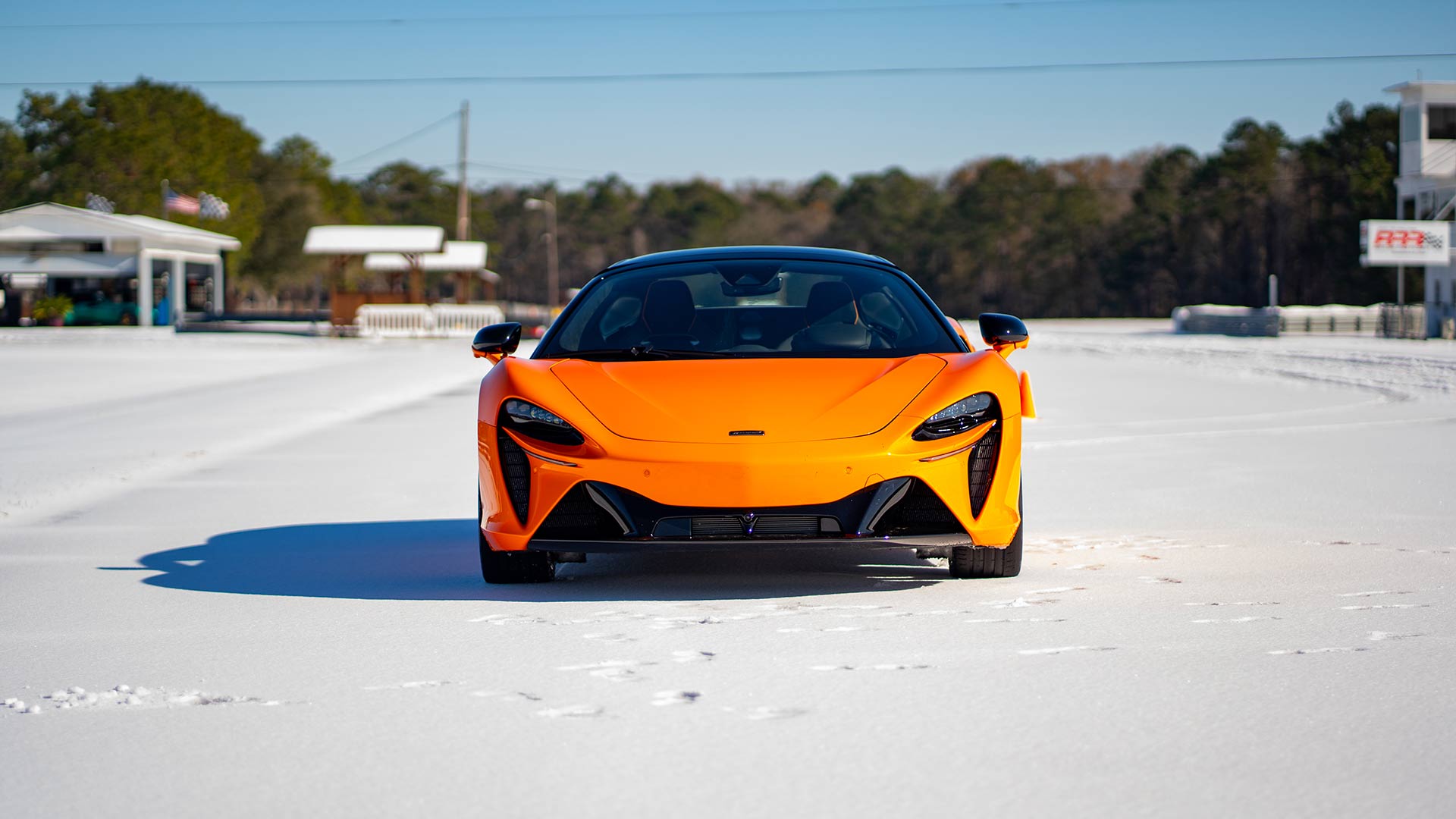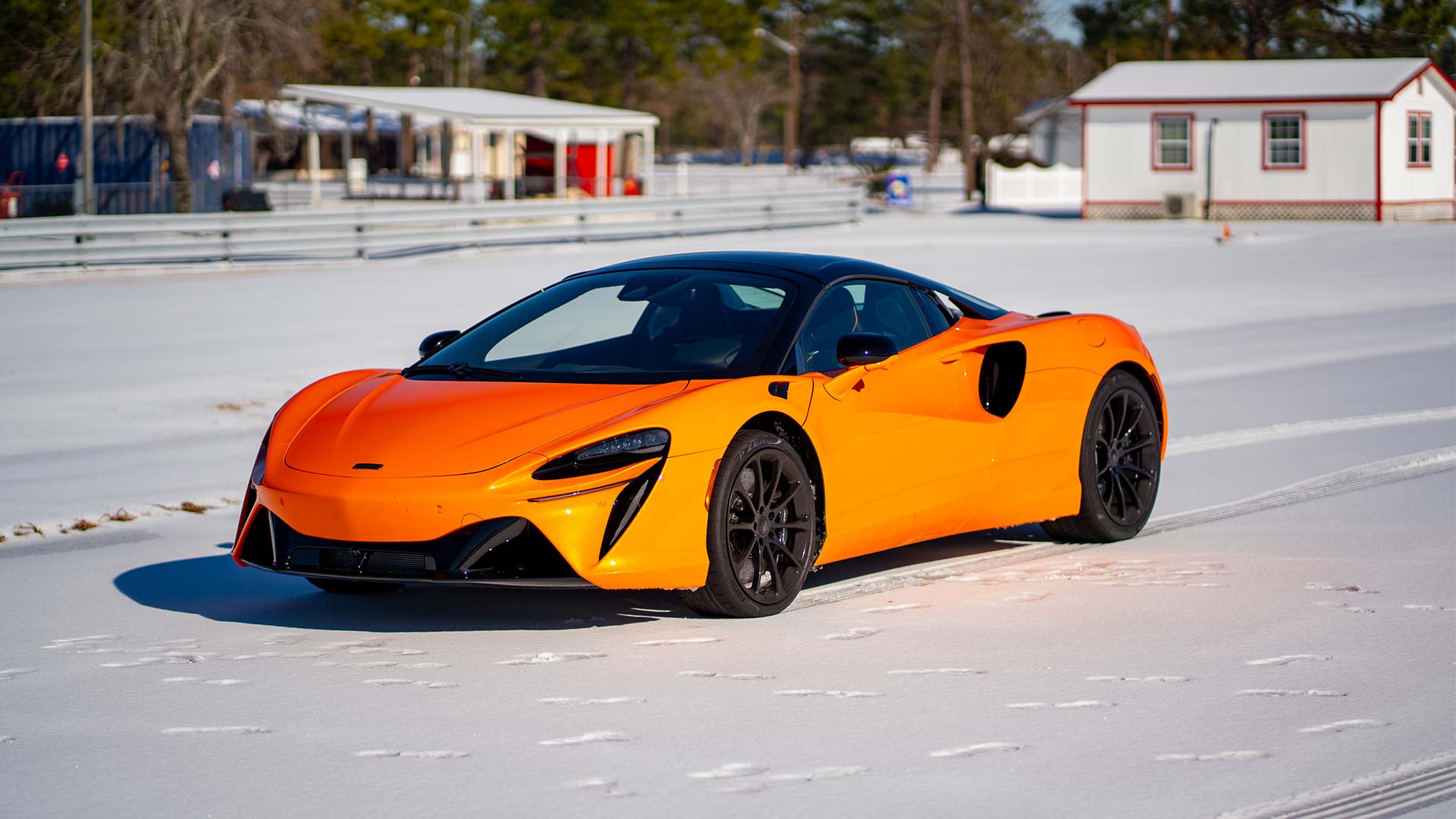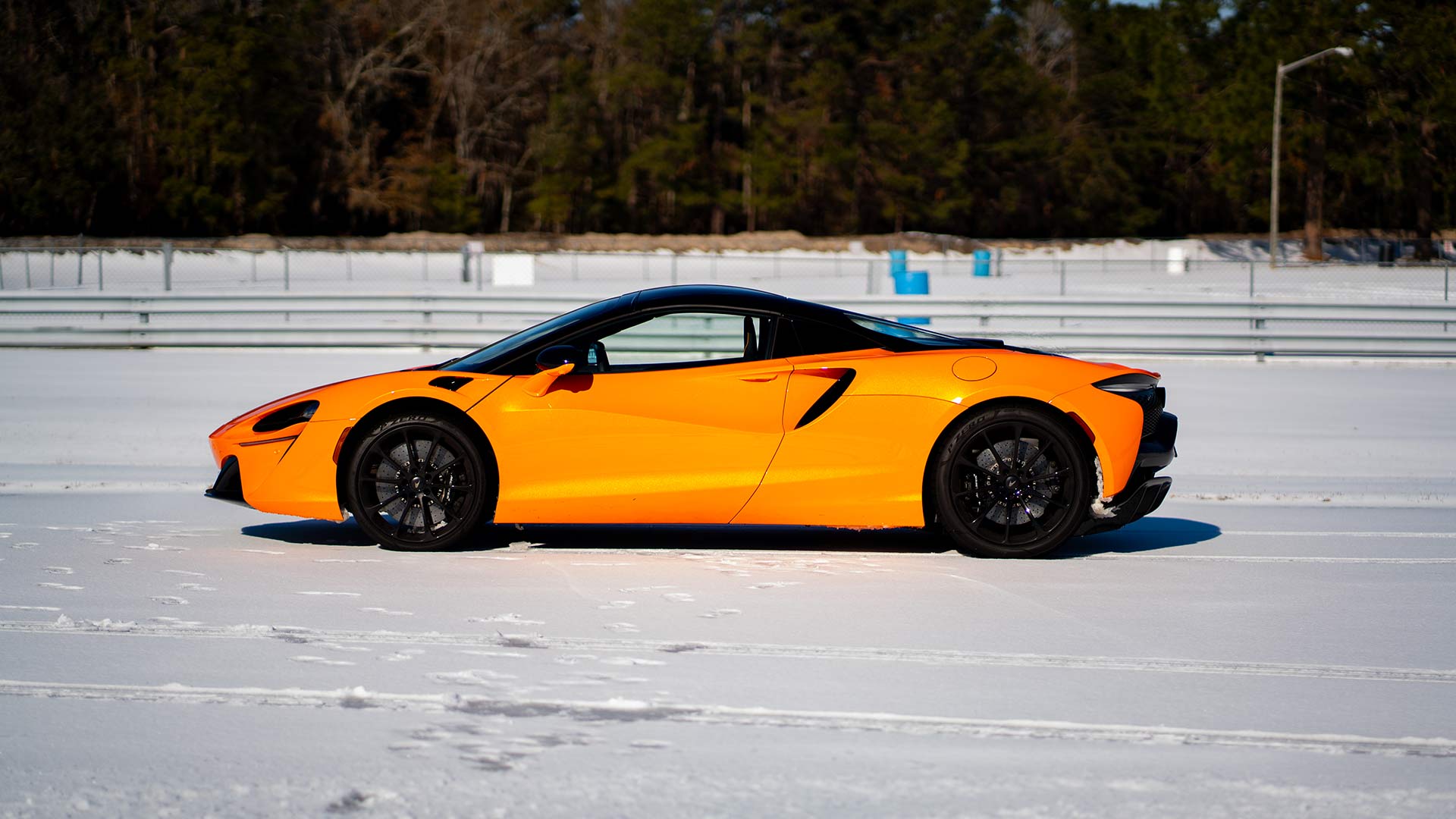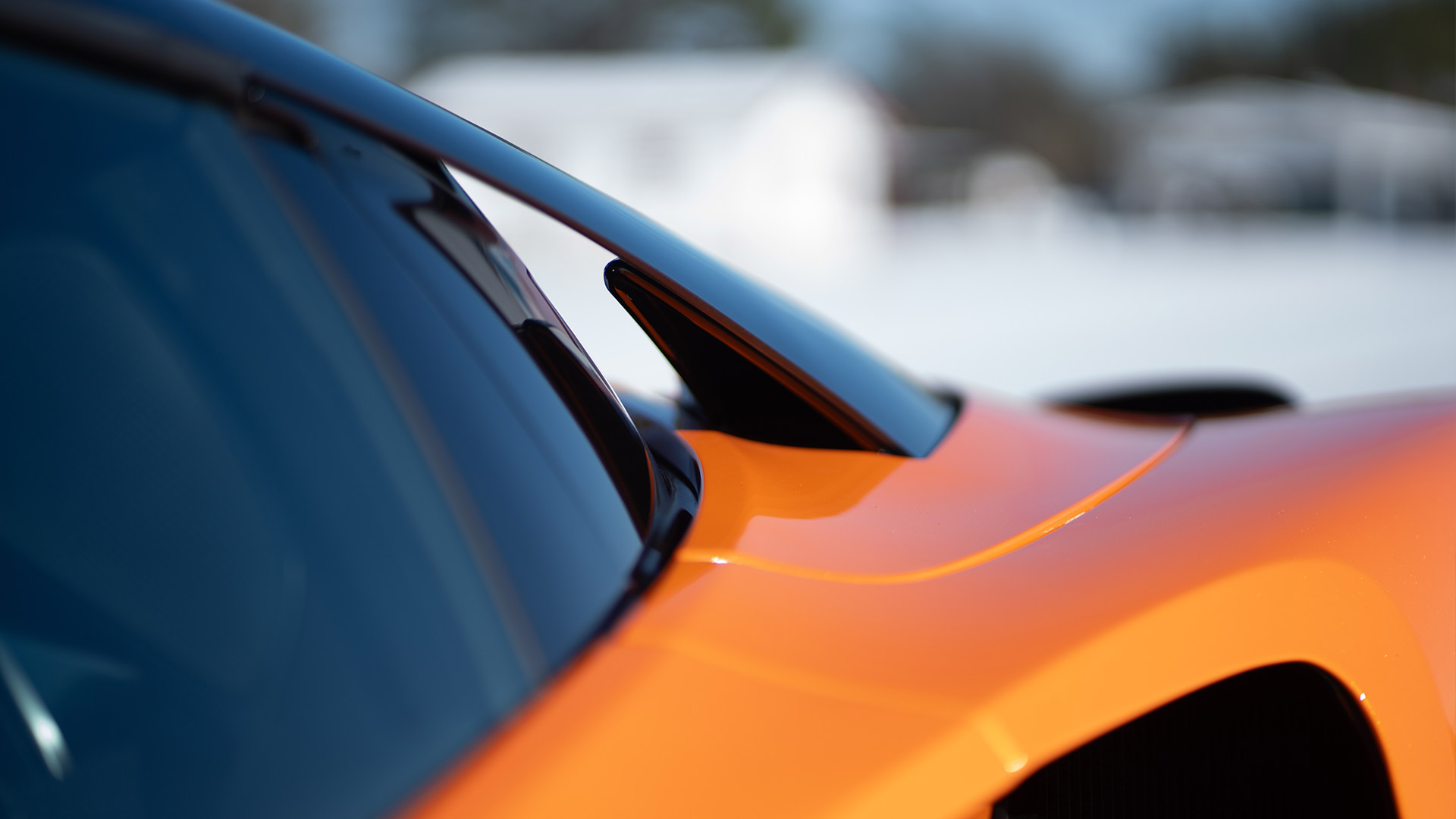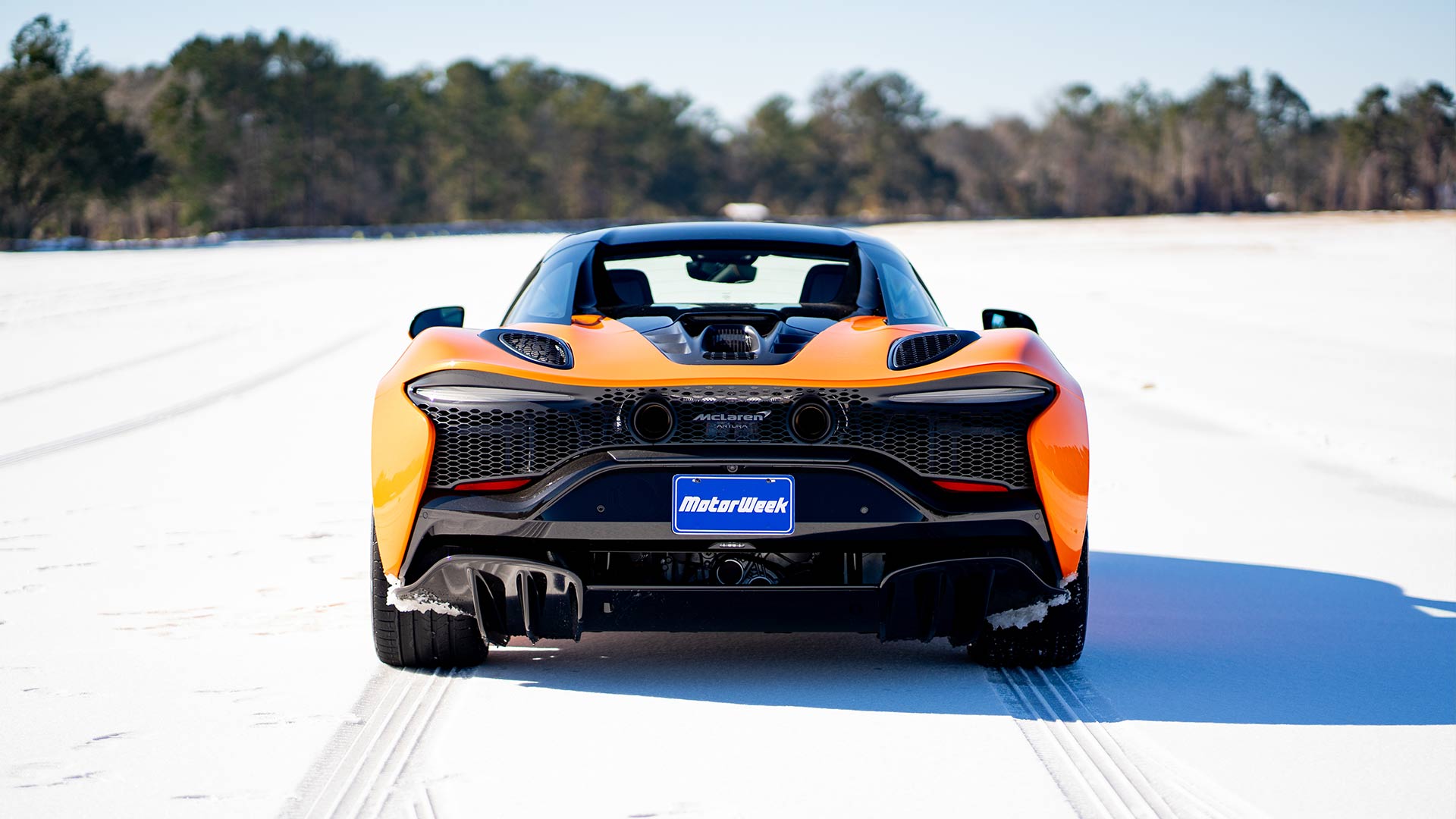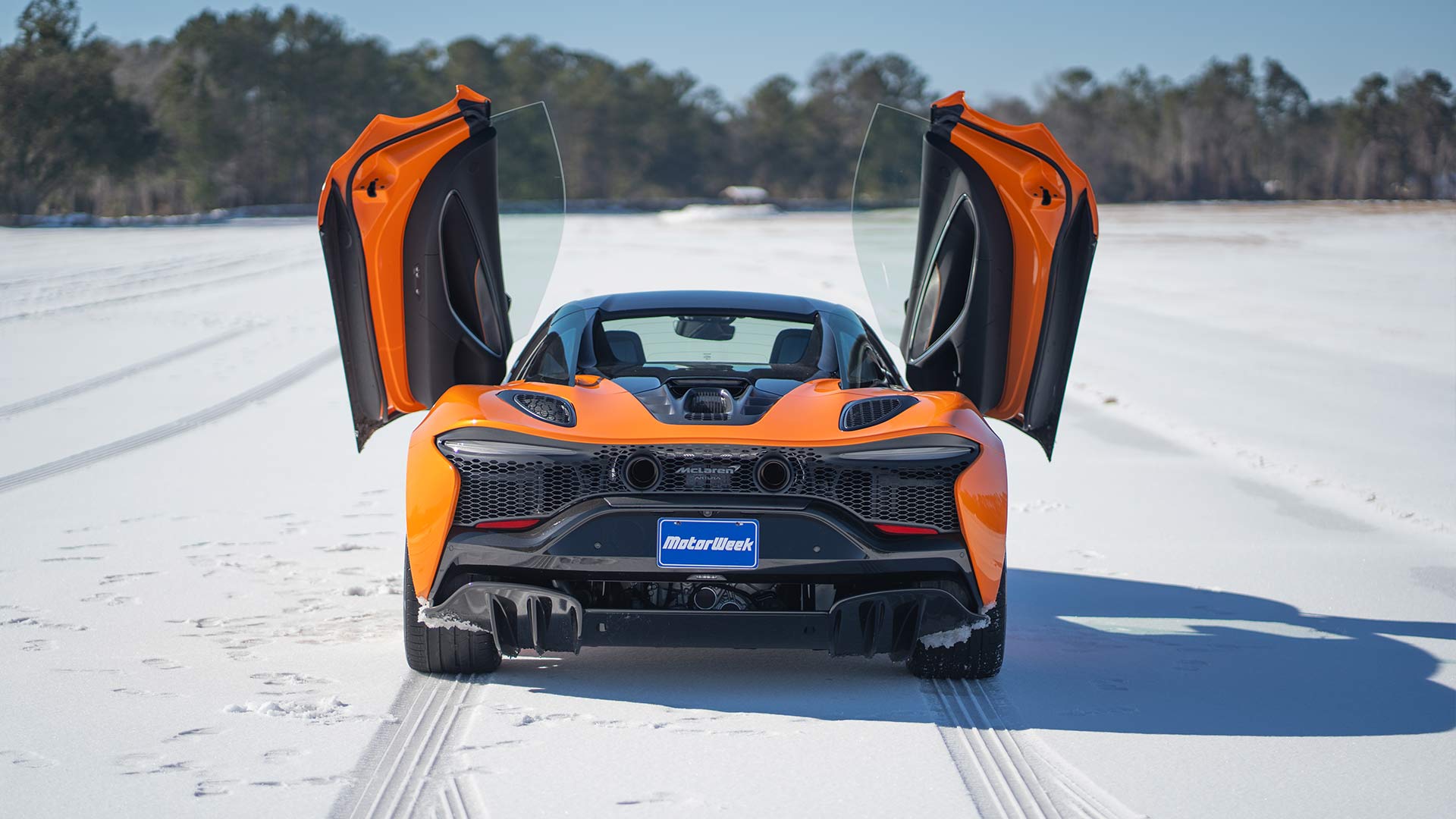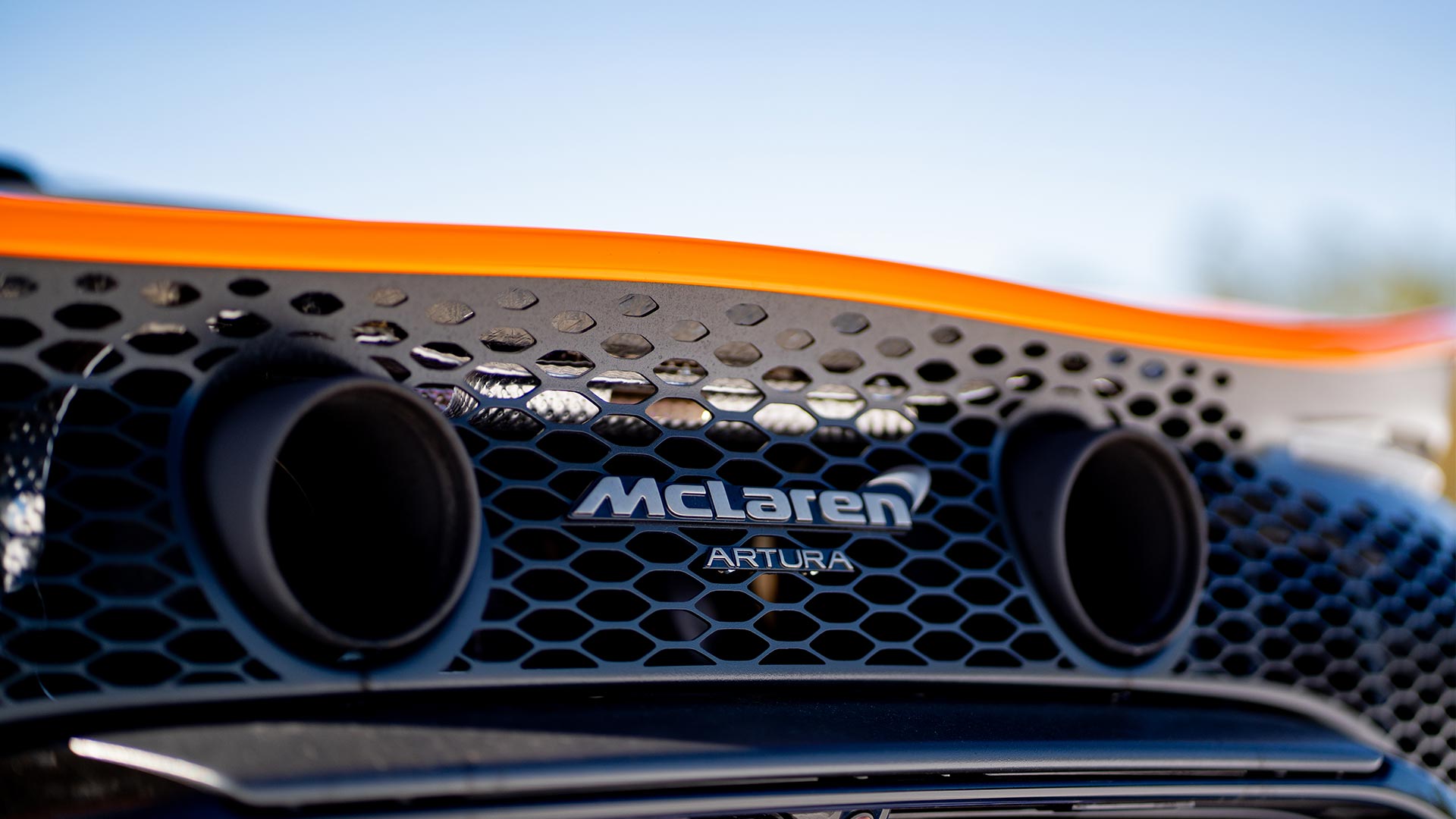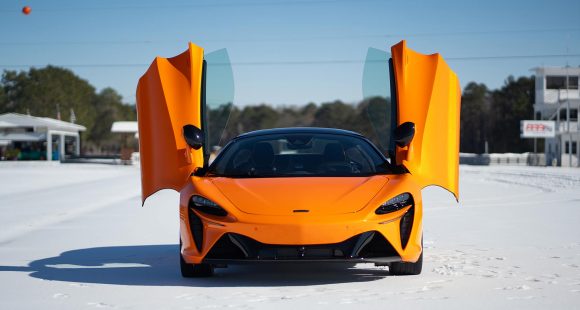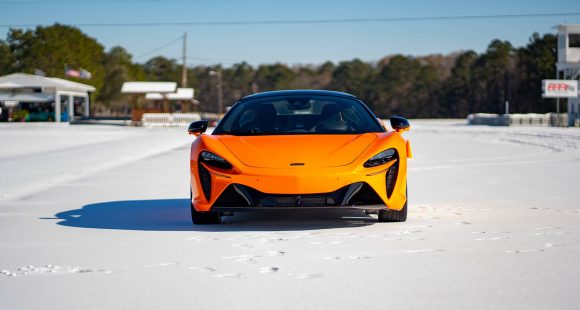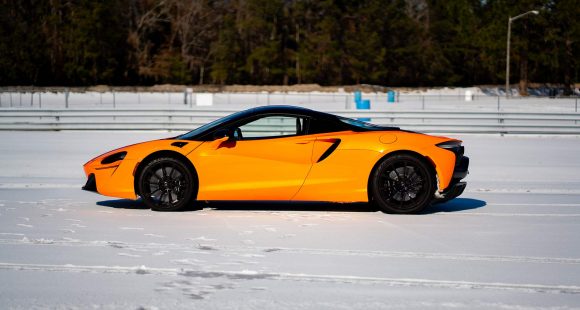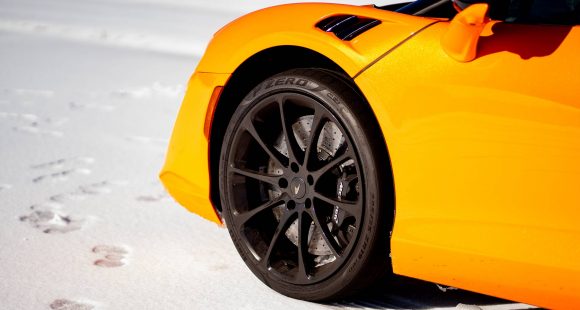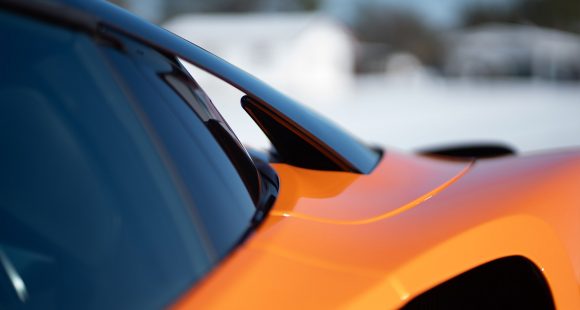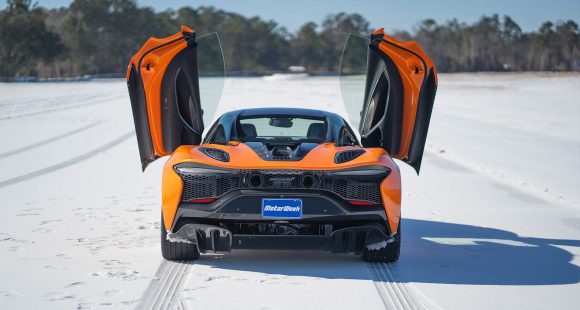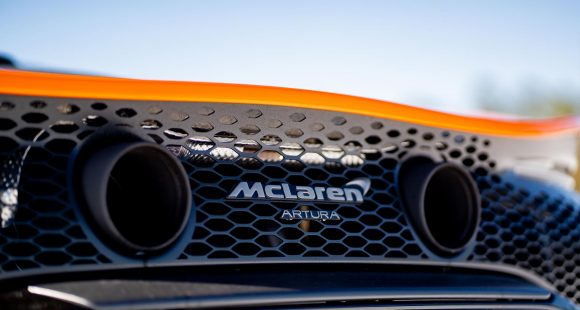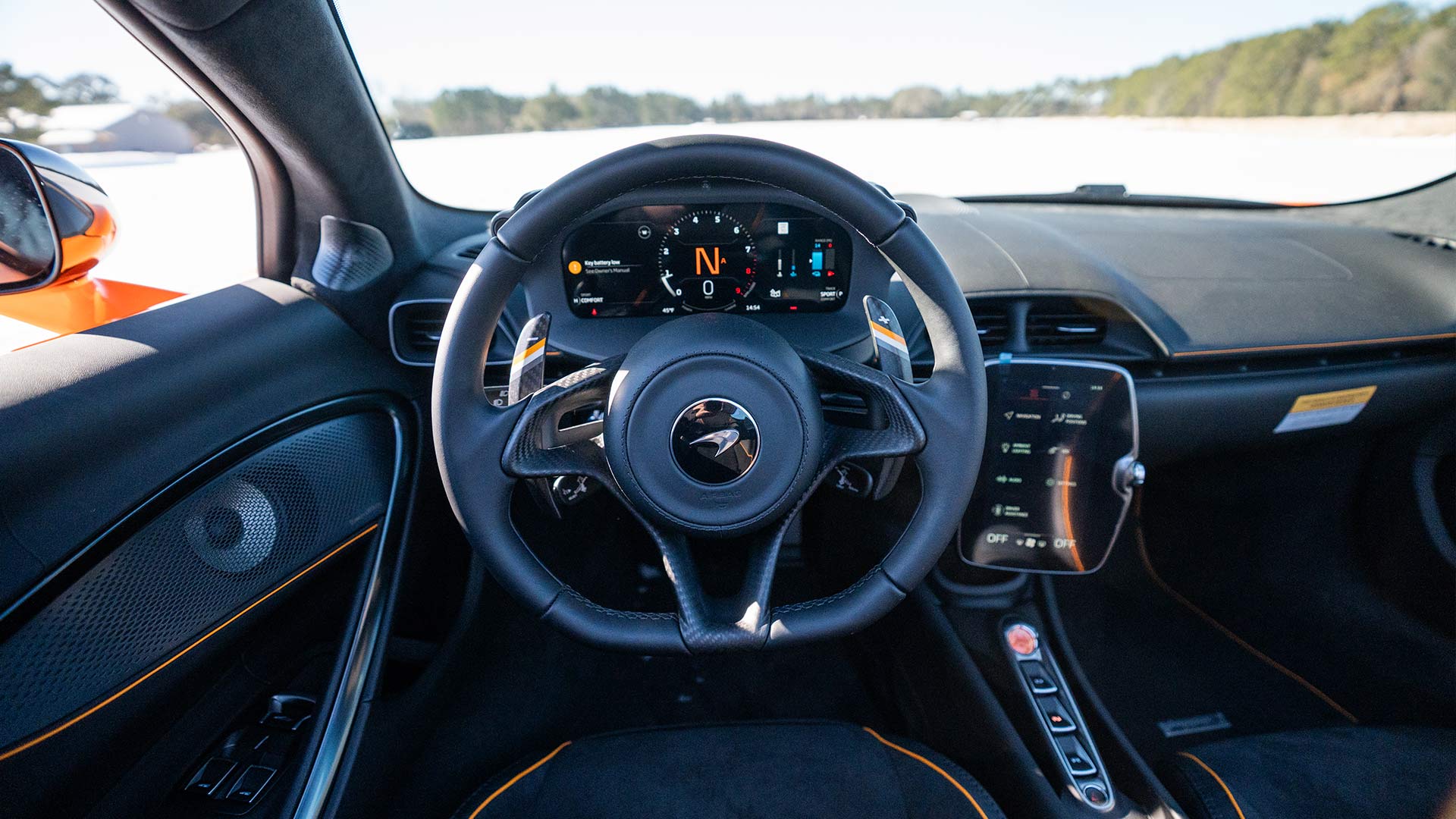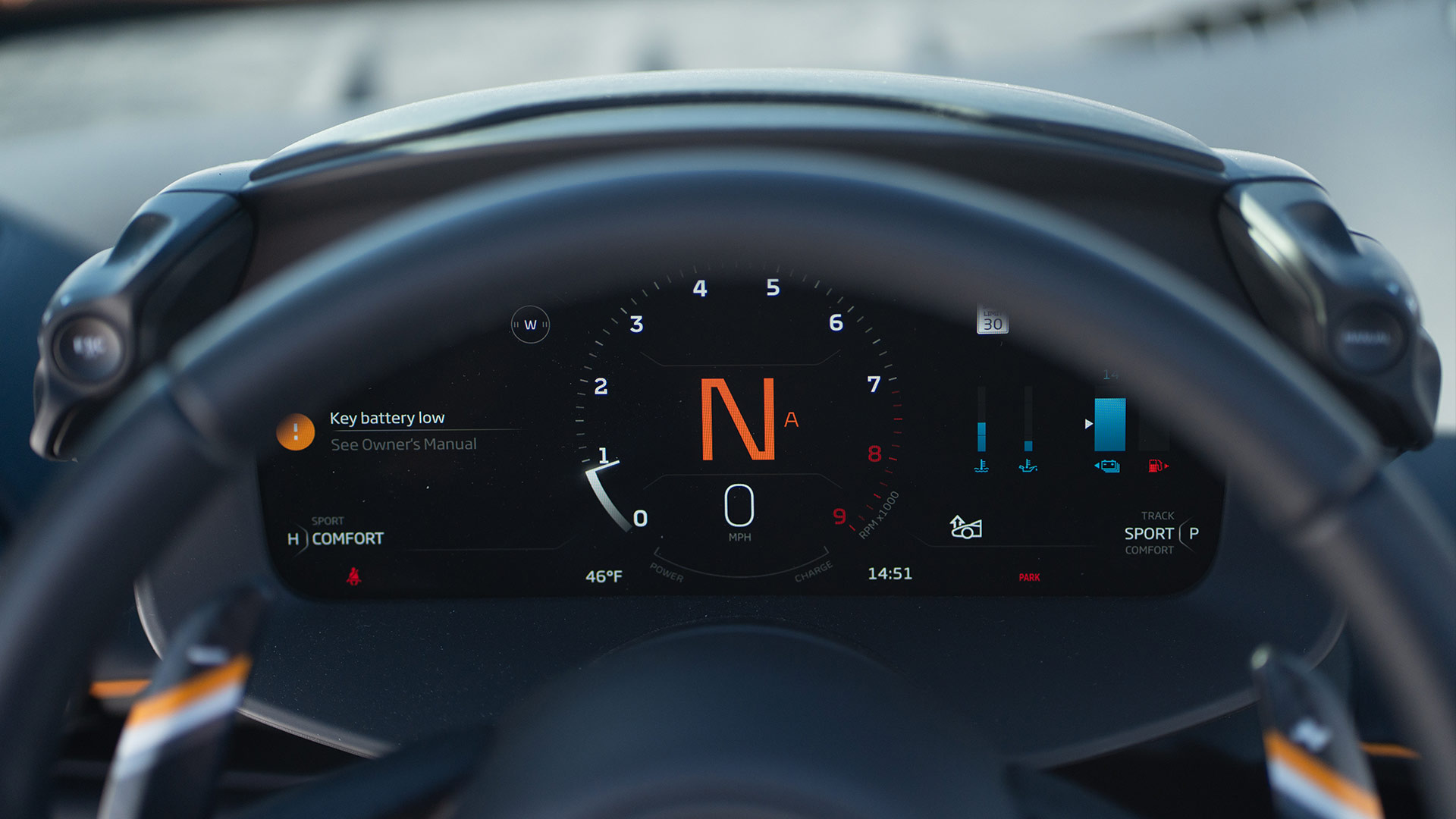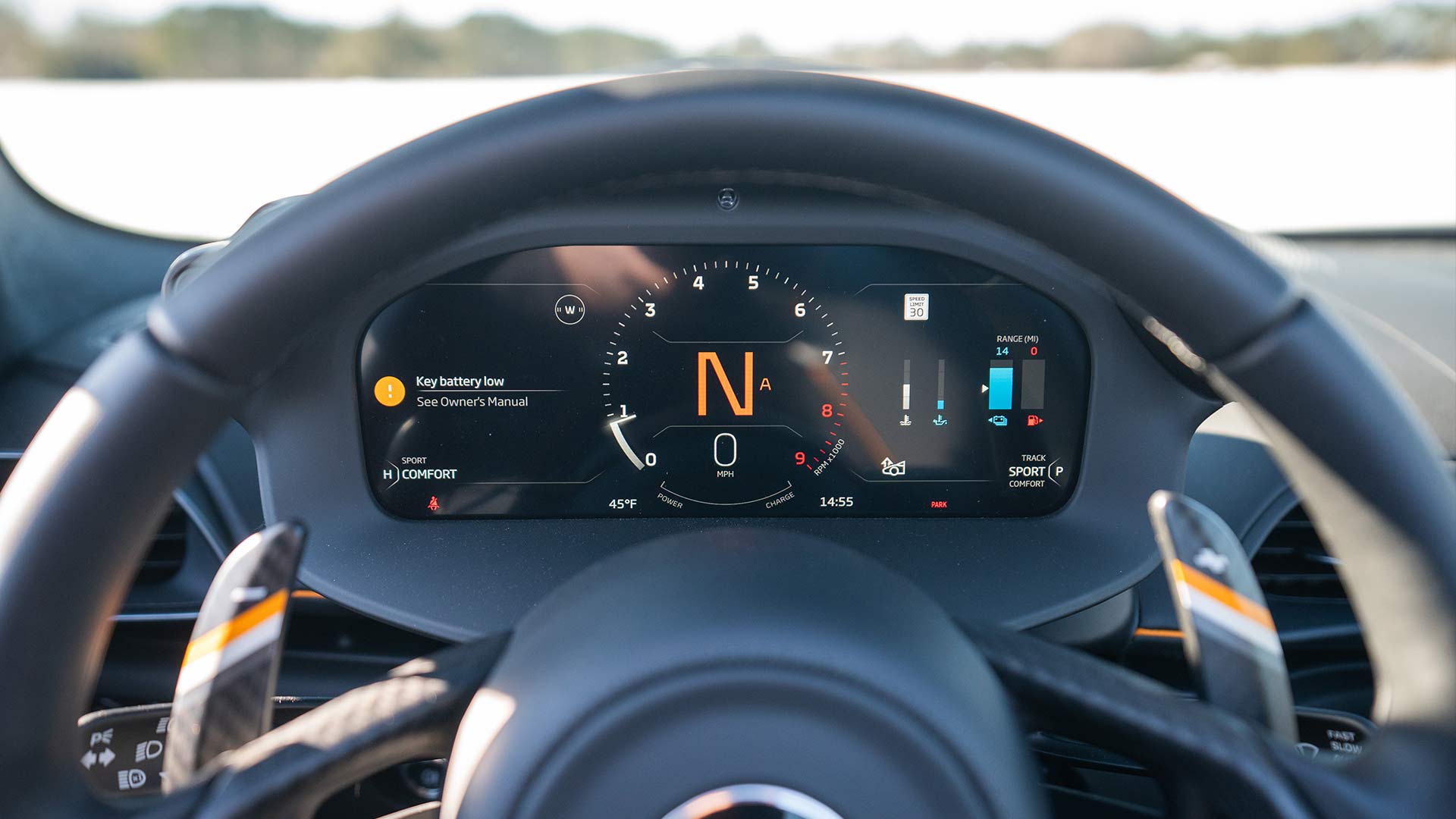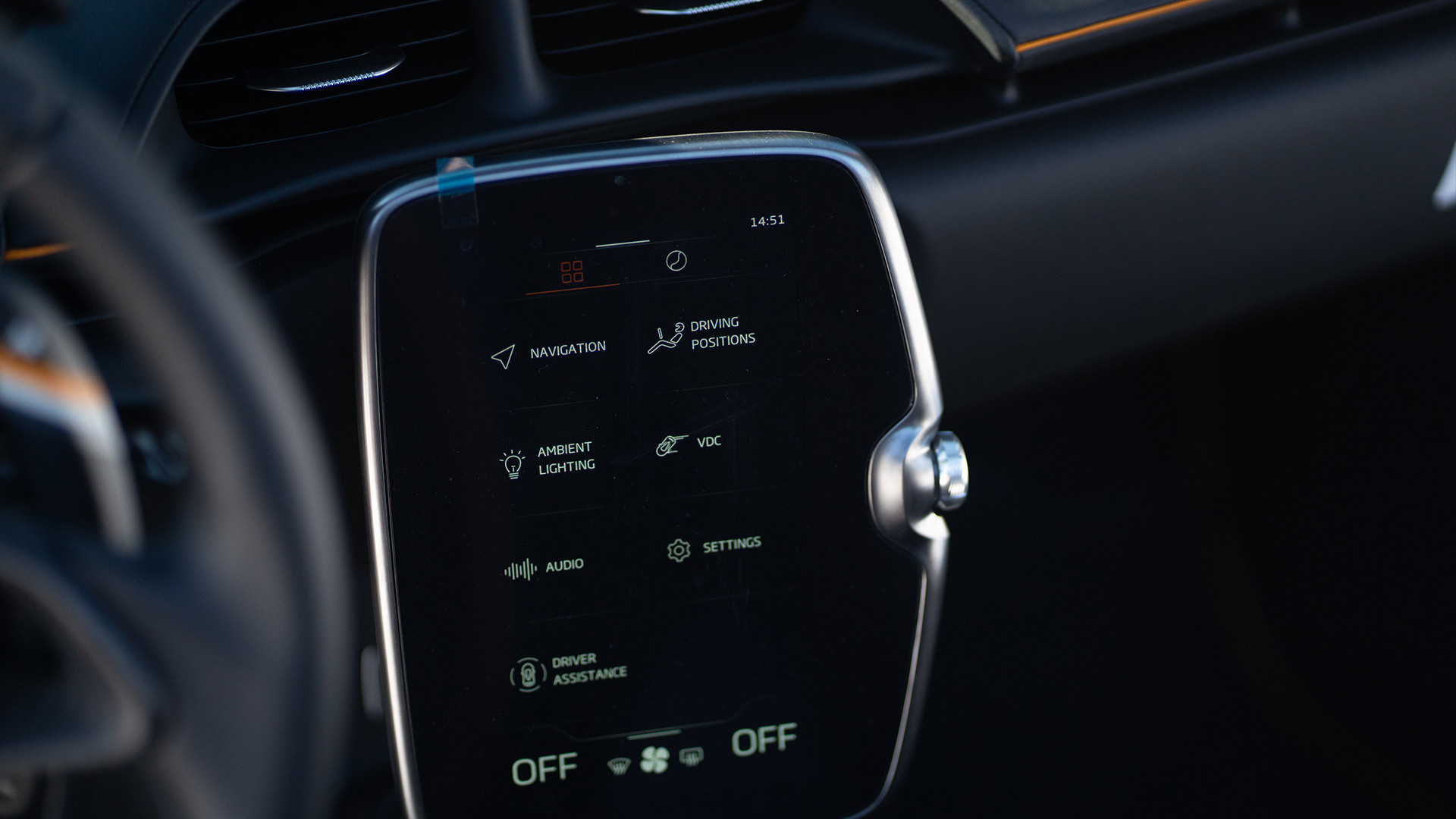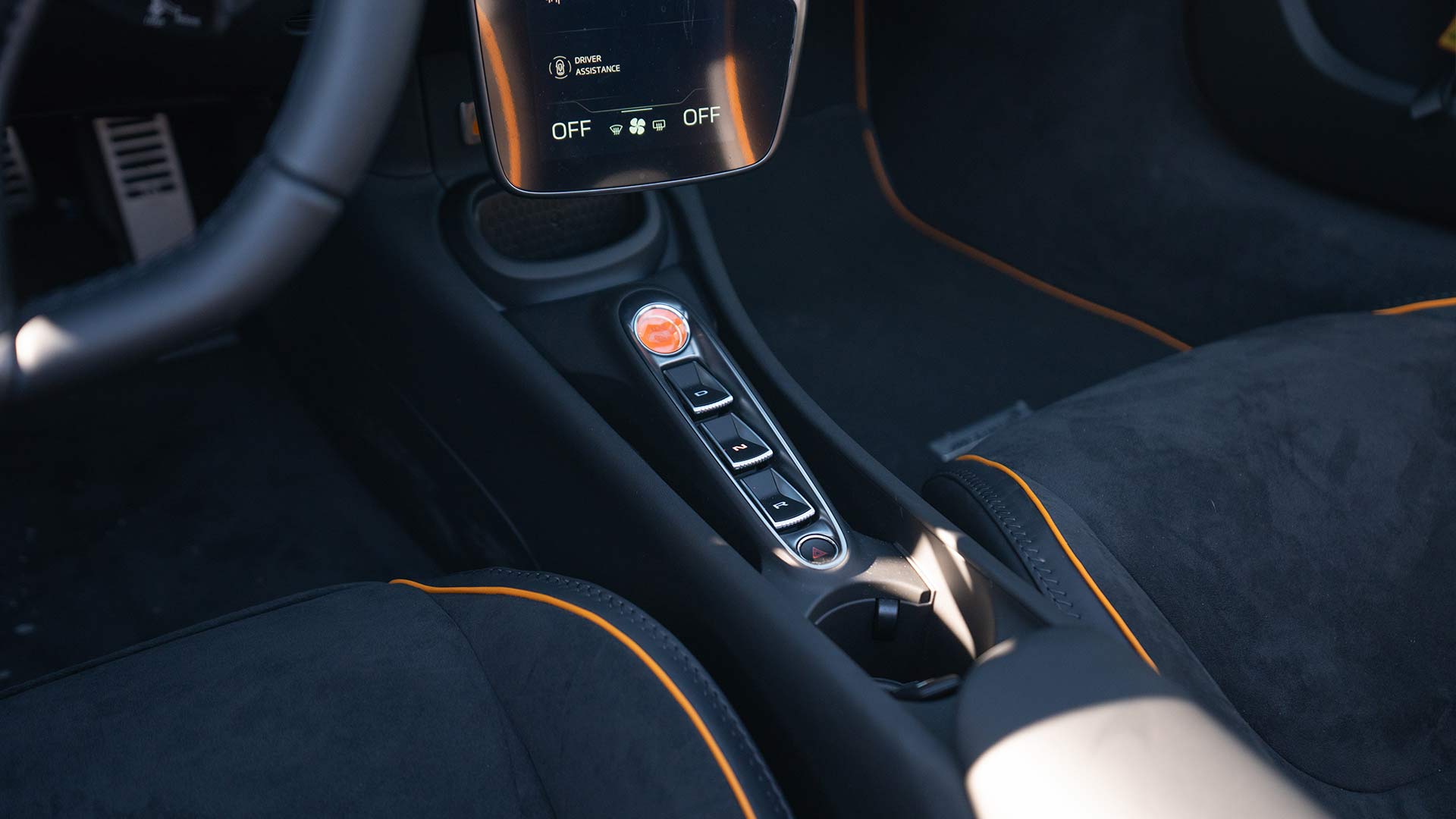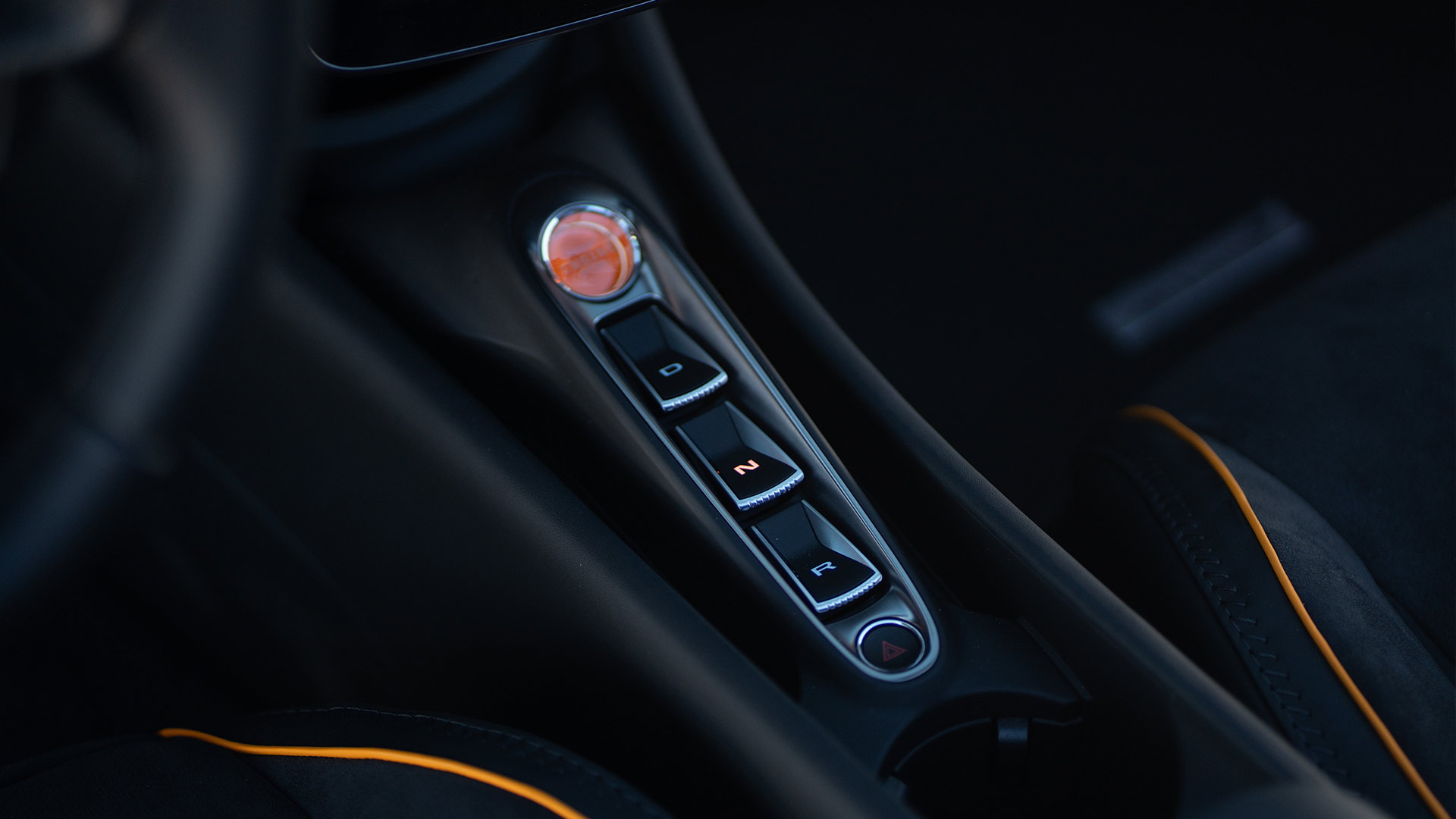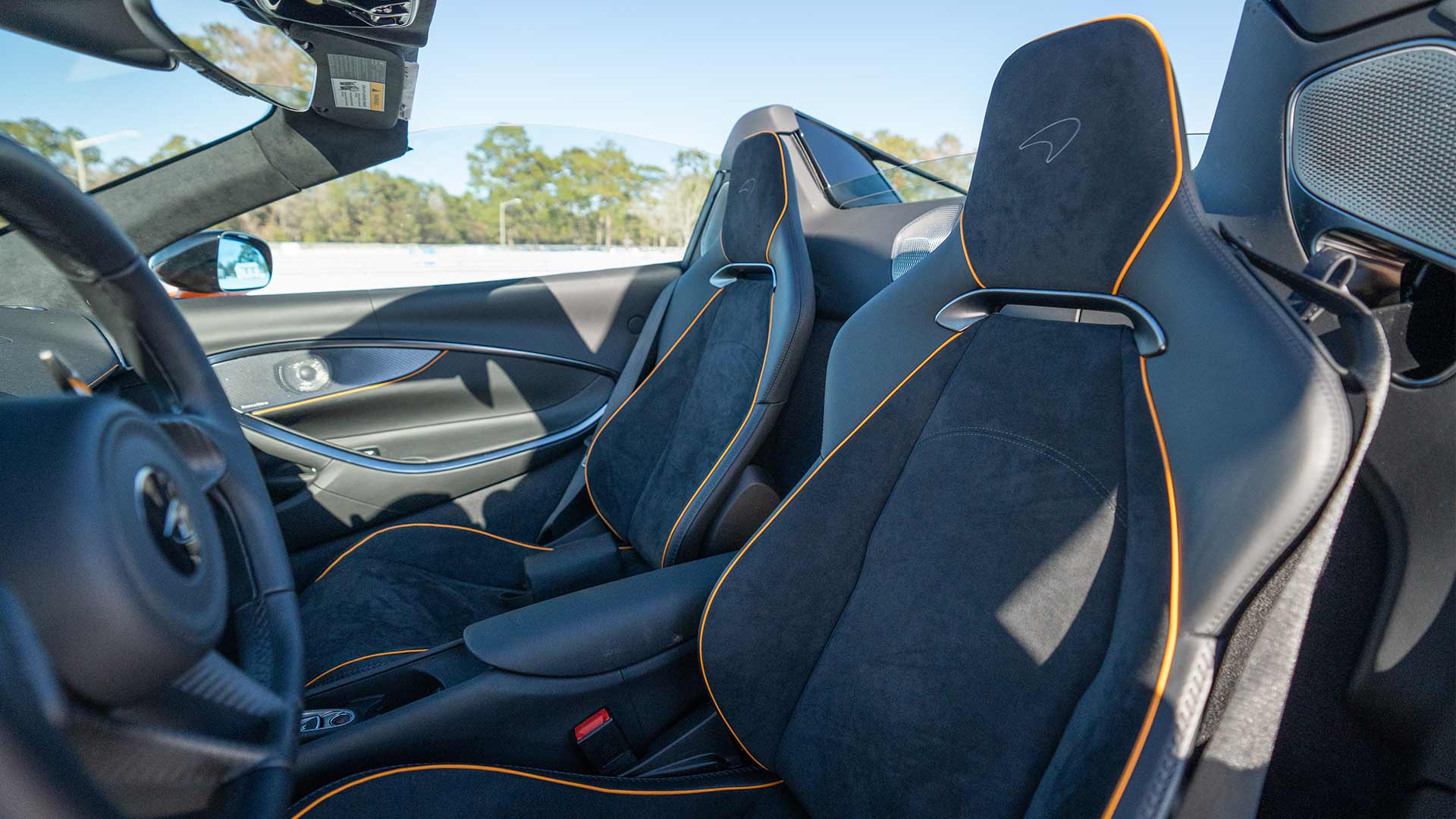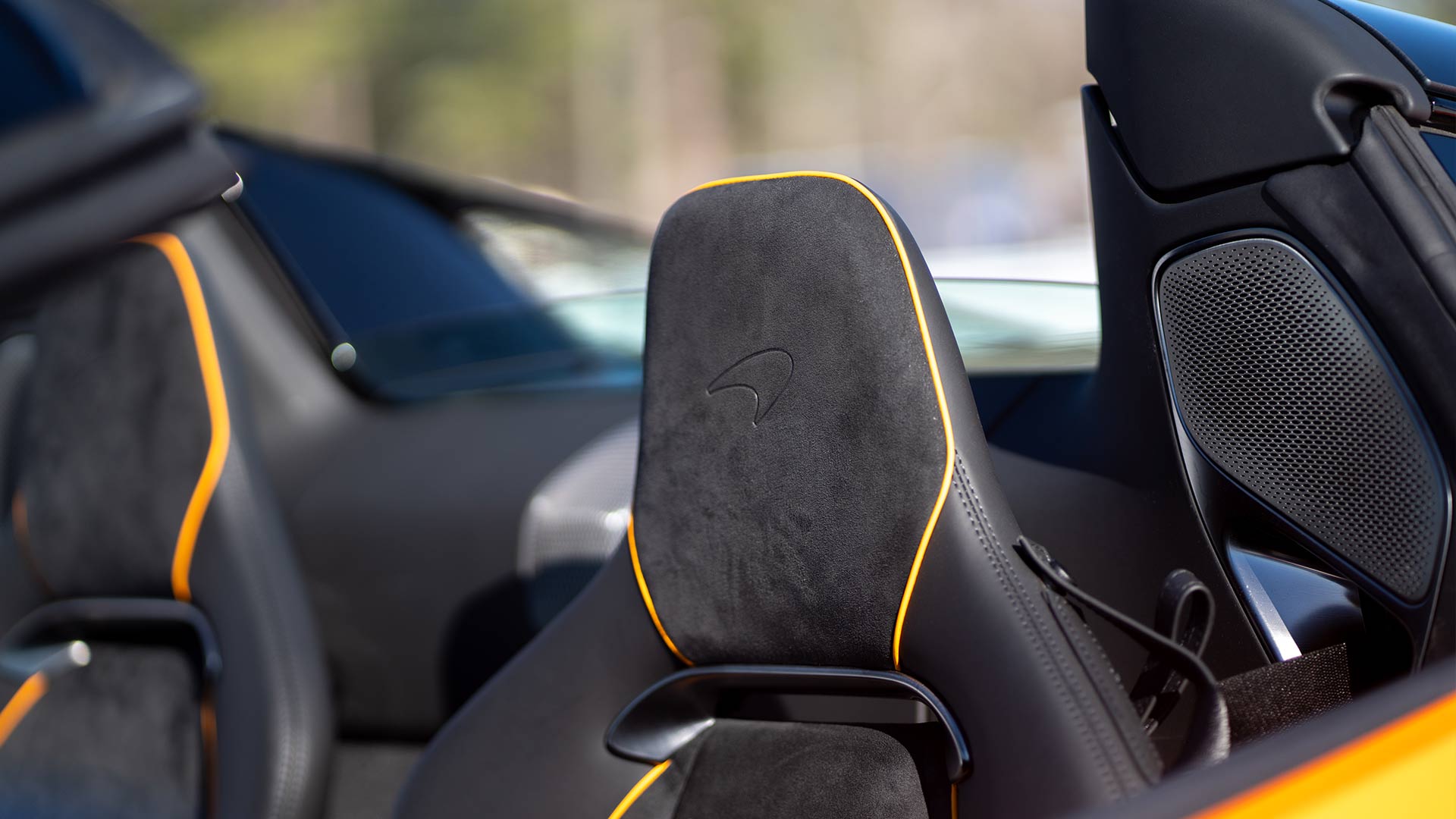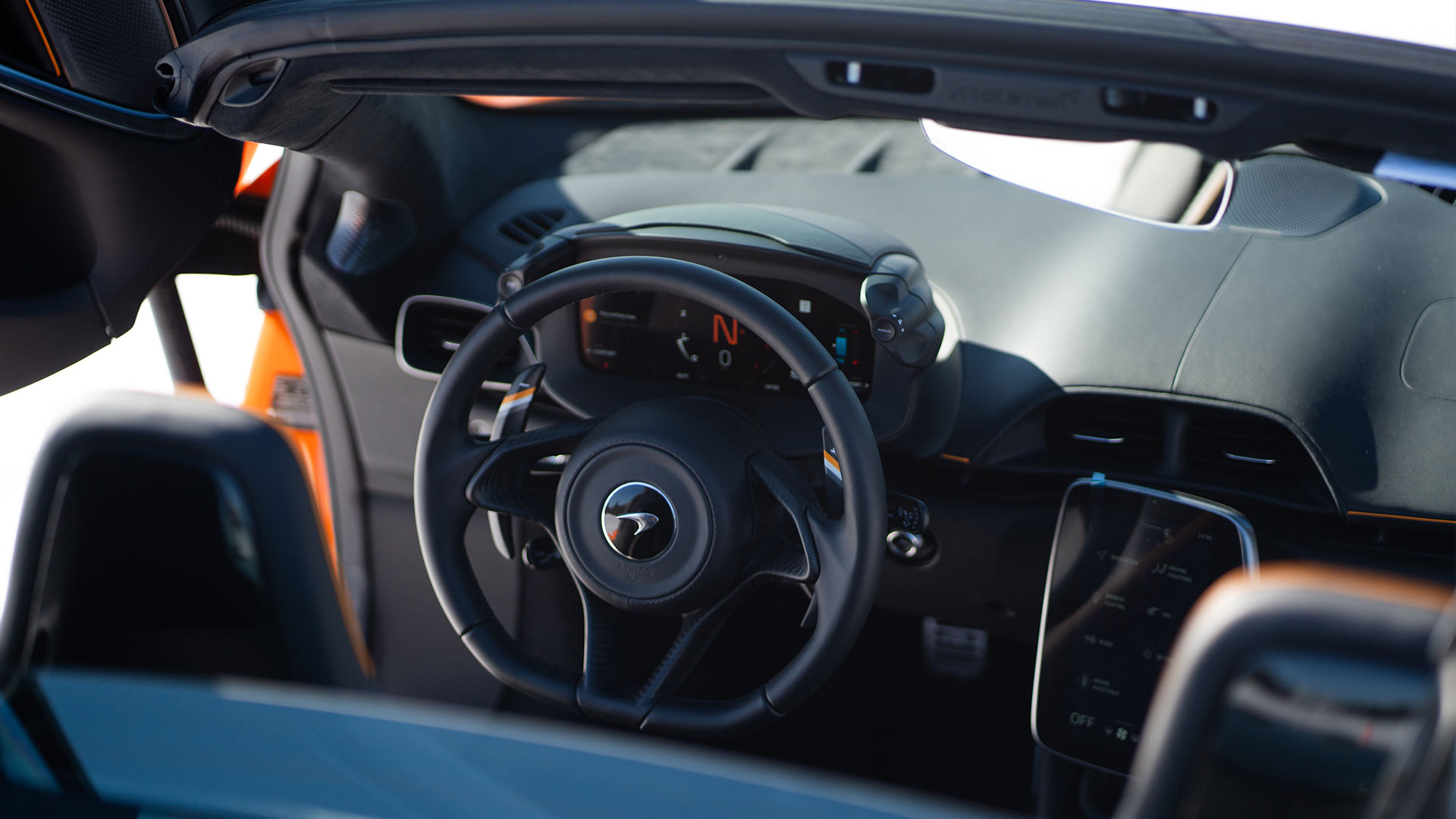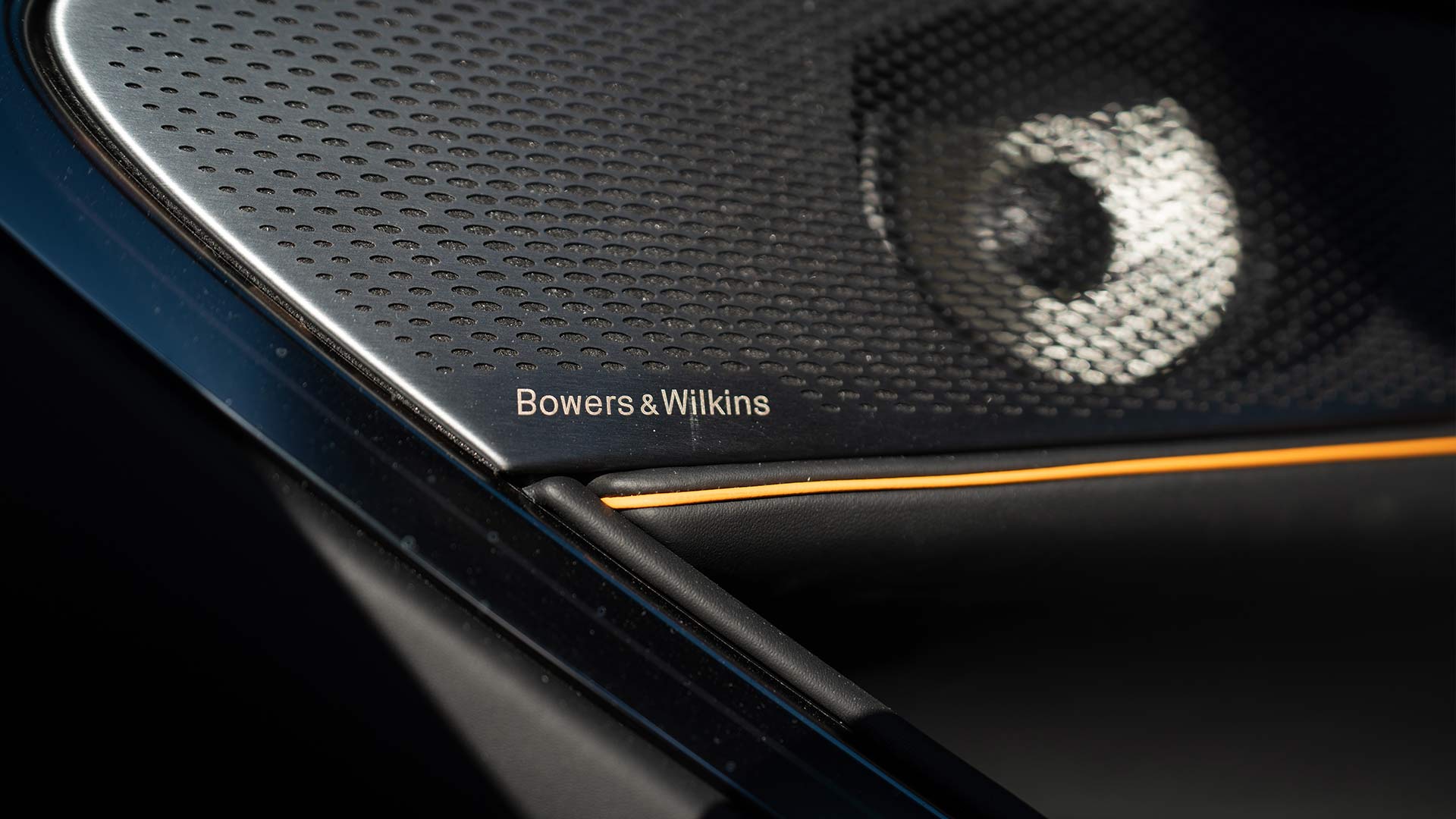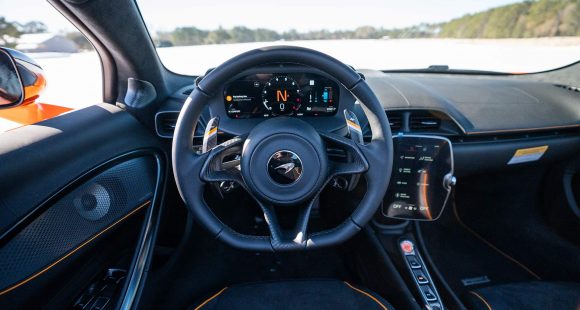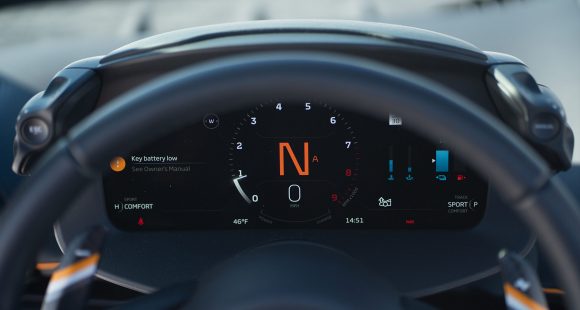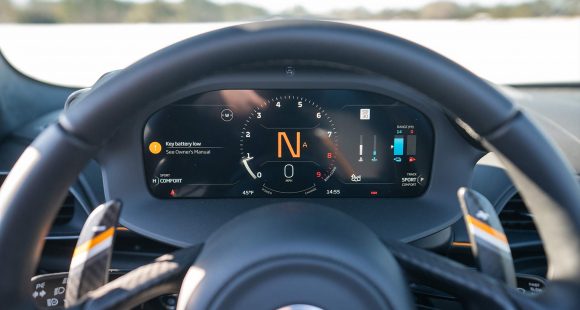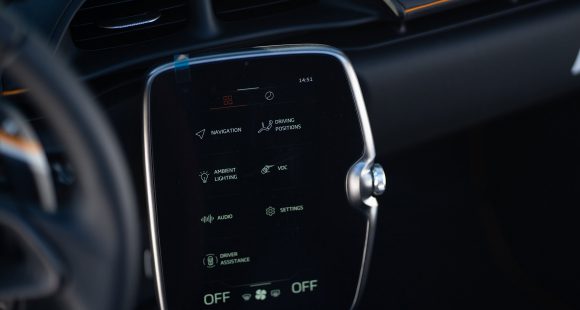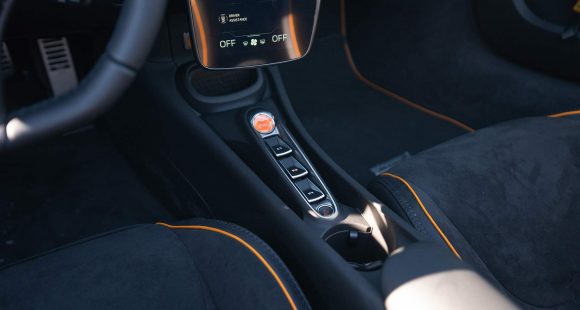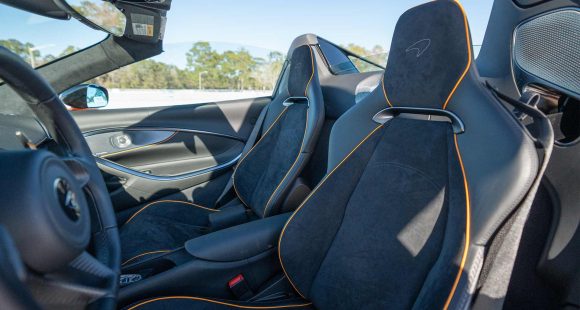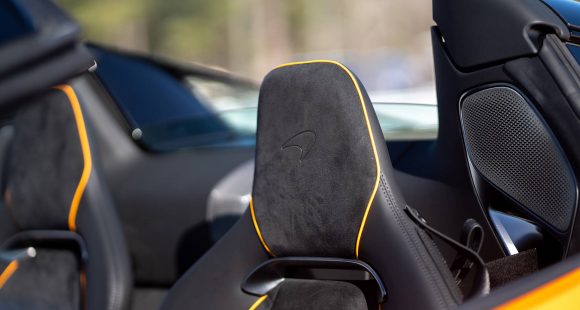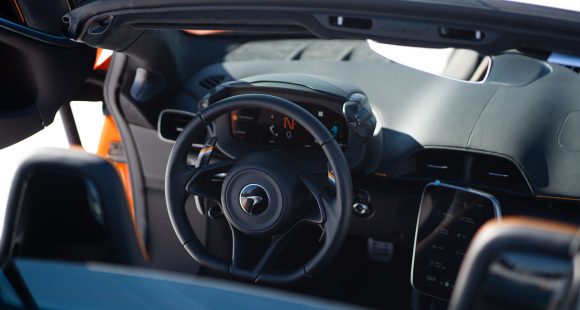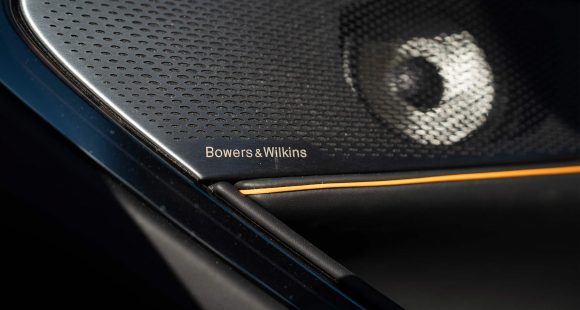2018 Kia Stinger
The Kia brand has come a long way in a short time, both in design and quality. But, as good as their vehicles are today, their long range goal seems directed at being a true Asian alternative to European luxury-sport brands. That’s a tall order, and for it, they have ordered up an all-new rear-wheel drive sedan, the Stinger. So, let’s see if rivals should be looking for bug spray.
Kia has been working towards building more exciting and dynamic cars for a few years now, but this 2018 Kia Stinger is their biggest step yet. While called a sedan, it’s really a well-camouflaged 5-door hatchback.
But, under its fastback skin lies the more important story, a finely-balanced, rear-drive chassis shared with the forthcoming Genesis G70, supported by struts in the front, and 5-links in the rear.
Under the long hood is a longitudinal, class requisite, base turbocharged 2.0-liter I4 with 255-horsepower and 260 lb-ft. of torque. But, our test Stinger GT packs a 3.3-liter twin-turbo V6 good for 365-horsepower and 376 lb-ft. of torque. Both hook up to 8-speed automatic with paddle shifters; there’s no manual, but both can add all-wheel-drive.
 While the 2.0 is no slouch, the GT’s V6 powertrain really impressed us with its overall smoothness. Even the paddle shifters work with a quick precision we didn’t expect.
While the 2.0 is no slouch, the GT’s V6 powertrain really impressed us with its overall smoothness. Even the paddle shifters work with a quick precision we didn’t expect.
Size wise, the Stinger is almost mid-size, being bigger than a 3-Series but smaller than a 5. Apart from its tiger nose, the Stinger doesn’t favor anything else in the Kia stable. It nails the luxuriously sporty look, attracting the kind of attention usually reserved for exotics.
We’ll admit there are some Audi cues; but hey, if you’re going to copy someone, you should make it one of the best. We also acknowledge the touch of cheapness with fender and non-functional hood trim, but they certainly didn’t go cheap down below, with Michelin Pilot Sports on 19–inch rims and Brembo brakes all around.
Quad exhaust tips look great and sound even better. Especially when streaking down the track with the 3.3-liter at full boil. It doesn’t snarl and bark like a HEMI Charger sedan, as its smooth and quick acceleration feels purely European.
All-wheel-drive grip and well-designed launch control make for simple, drama-free launches. There’s hardly any sense of weight transfer either. It’s one second you’re sitting still, and the next you’re at full power. We hit 60 in just 4½ of those serene seconds.
 If you’re looking for hard-firing, throw you back in your seat, torquey shifts; you won’t find them here either. The gears are indeed changing, but the only sensation you get is just calm unrelenting thrust.
If you’re looking for hard-firing, throw you back in your seat, torquey shifts; you won’t find them here either. The gears are indeed changing, but the only sensation you get is just calm unrelenting thrust.
The car feels very stable at high speeds, as we reached 108 miles-per-hour in the ¼, completed in 13.1-seconds.
While there’s nothing exotic in the basic suspension theory, it’s all in the tuning, which as you may have heard by now, was overseen by Albert Biermann formerly of BMW’s M Division. And the results feel totally in that realm.
There was massive grip through our cones, staying nice and stable with minimum flex. Steering is impressively quick with decent feel. Plus, five comprehensive drive modes, including a custom setting, come standard. We can’t wait to get this GT on a proper race course.
Those Brembos brought this 4,000-lbs. hatchback to a halt in just 105-feet; minimal fade with an overall tight and sporty feel.
But of course we can’t all live our lives a quarter mile at a time, so it’s good to know the Stinger is just as pleasurable sitting in traffic. It never feels like a thoroughbred waiting to run free; rather more like a luxury car with tremendous performance potential.
 There’s plenty of room in the cabin, both front and rear. V6 GT trim comes with a nice flat-bottom steering wheel, rear view camera, and aluminum trim.
There’s plenty of room in the cabin, both front and rear. V6 GT trim comes with a nice flat-bottom steering wheel, rear view camera, and aluminum trim.
Stepping up to GT1 will get you navigation, a sunroof, and 720-watts of Harmon Kardon premium audio.
Finally, GT2 adds Nappa leather trim, a head-up display, and a host of advanced safety features.
And just for fun and quirkiness, the fact that Stinger’s key fob resembles some kind of detonator, just gives you a hint of what you’re about to set off when get behind the wheel.
There is a practical side as well; hatchback versatility means a wide opening with 23.3 cubic-ft. of cargo space, 40.9 with rear seat backs folded.
Government Fuel Economy Ratings for an all-wheel-drive GT are 19-City, 25-Highway, and 21-Combined.
Pricing starts at $39,250 for the GT; but pro tip, base models look virtually identical outside, are almost as fast, and start a few grand less than a 3 Series at $32,800.
While it was easy to be impressed with the first effort at building a true European-style sport sedan from Kia, we’d be just as impressed with the 2018 Stinger if had come from a more established marque; it’s that spectacular. But it’s what’s coming next that has us really excited, as a whole new adrenaline-packed era for Kia has begun.
Specifications
- Engine: 2.0 liter / 3.3 liter
- Horsepower: 255 / 365
- Torque: 260 lb-ft. / 376 lb-ft.
- 0-60 mph: 4.5 seconds
- 1/4 mile: 13.1 seconds @ 108 mph
- EPA: 19 mpg city / 25 mpg highway,
2025 Land Rover Range Rover Evoque
Baby Rover Continues To Evolve
When most people hear “Range Rover” they tend to think of high class, high performance and high dollars. But, Range Rover does the entry-level thing quite well too with this Evoque. It has plenty of posh attitude, along with some recent updates. So, let’s see how the Evoque continues to evolved.
Our involvement with the Land Rover Range Rover Evoque’s evolution began when this small utility first arrived for 2012. It looked more Spice Girl than Tough Mudder, but it packed a surprising amount of capability into its subcompact dimensions. This second gen arrived for 2020, and has gained recent updates at the most likely midway point in its lifecycle.
Intrigued but not necessarily enthused could probably best describe our history with the Evoque, but Land Rover always has a way of drawing us in with very tasteful designs. They pretty much got this one right back in 2020, so styling revisions are largely limited to new Pixel LED headlights and a reshaped front fascia. There’s also new super-red signature lighting in back, all of it done to bring the Evoque more in line with the rest of the Range Rover family.
And like all of its siblings, all-wheel drive is standard and it does have Terrain Response 2 with specific off-road modes, but no one’s expecting to see a lot of Evoques out on the trail, unless there’s a new Lululemon Outlet at the other end of it having a killer sale.
Land Rover has once again taken the P300 296-horsepower version of the Evoque’s 2.0-liter turbo-four out of the lineup, leaving just the standard 249-horsepower version under the clamshell hood. No complaints from us, its 269 lb-ft of torque is more than adequate to move this 3,900 lb. ute around.
And at Mason Dixon Dragway, it moved us to 60 mph in 7.7 seconds. There was plenty of traction off the line, and while not overwhelming, power feels plentiful, staying very consistent down the track. Gearchanges in the Evoque’s nine-speed automatic transmission were quick and smooth, barely a blip in the process as we finished the quarter-mile in 16 seconds flat at 85 mph. Plenty quick for a compact utility with luxury intentions.
[It maneuvered] with a substantial presence that not too many small utilities have.
It felt quite good through our handling course too, with a substantial presence that not too many small utilities have. The Evoque uses selective braking to torque vector power between all four wheels, and it enabled us to cruise through the cones quickly without any excessive understeer or oversteer. There was some nosedive during our panic braking test, but the brakes were very responsive and strong enough to bring us to a halt in a short 115 feet from 60.
But, it’s the inside experience that really matters with any luxury vehicle, particularly in a Range Rover. And here things look more high-end Swedish than Tudor or Victorian, with a minimalist cabin design that’s way more visually appealing than practical. There’s real leather covering just about everything, and what appears to be just a tablet stuck in front of the dash is a new 11.4-inch touchscreen. Not only are the inner workings much faster than the previous infotainment setup, but the entire interface of this Pivi Pro system is vastly better than the split screen approach of before.
The center console that leads up to it appears much less cluttered and frees up some additional space for storage. The shifter is still here, but it has gotten much smaller. Front seat space and comfort remain high, though rear seat room is still very tight for adults. Cargo space is not bad for a small utility, with room for 21.6 cu-ft. of gear in the hold, which expands with 40/20/40 split-folding seatback flexibility to 50.5 cu-ft.
Government Fuel Economy Ratings are 20 City, 27 Highway, and 22 Combined. That’s an average Energy Impact Score, using 13.5 barrels of oil annually, with CO2 emissions of 6.6 tons.
Land Rover has been paring things down in the Evoque lineup for years, no longer offering a two-door version or the convertible, and now have simplified things even further to just the P250 available in only two trims: S, which stickers for $51,175, and Dynamic SE, which starts at $56,375; but you can add just about every package available and still come in right around $60,000.
Luxury-minded utility vehicles are coming at us from all angles these days, but the 2025 Land Rover Range Rover Evoque is a bit unique in that it remains as sort of a cheat code for sneaking you into the Range Rover VIP experience. You’ll feel like you’re getting away with something every time you drive it.
Specifications
As Tested
- Engine: 2.0-liter turbo-four
- Transmission: 9-speed automatic
- Horsepower: 249
- Torque: 269 lb-ft
- 0-60 mph: 7.7 seconds
- 1/4 Mile: 16 seconds at 85 mph
- Braking, 60-0 (avg): 115 feet
- EPA: 20 City | 27 Highway | 22 Combined
2025 McLaren Artura Spider
McLaren Rips The Roof Off The Artura And Blows The Doors Off The Competition
McLaren has a long history of racetrack success, but in a relatively short period of time, McLaren has also gone from a niche street car maker to a major player in the supercar segment. Their next step is this Artura, the brand’s next-gen high performance hybrid supercar!
This is the McLaren Artura, truly the next step for this British brand that’s all about the performance, as it is literally all they do. More specifically, it’s the 2025 Artura Spider, the retractable hardtop version of the mid-engine plug-in high-performance coupe that arrived 2 years ago. But, in addition to being the brand’s first high-performance hybrid convertible, it brings a host of performance-related updates, most of which get applied to the Artura Coupe as well.
More power is usually our favorite update, so we’ll start there. The Artura mates a 3.0-liter twin-turbo V6 gas engine with a 70-kW electric motor. The total output is 690-horsepower, which is up 19 from when the Artura debuted. But unlike some high-performance hybrids that use electric motors to power the front wheels, McLaren’s electric motor is tucked in the same housing as the eight-speed dual-clutch transmission, sending the total 531 lb-ft of torque strictly to the rear wheels. A 7.4-kWh battery enables up to 11 miles of EV driving, same as in the coupe; and with no reverse gear in the transmission, the battery powers all backups.
That transmission is recalibrated too, providing gear changes 25% quicker than before. McLaren claims it all works together to deliver a 0-60 time of 3.0 seconds flat, also same as the coupe, as the power folding hardtop assembly only adds about 100-lbs. of weight.
Lightweight performance is one British tradition we can get behind and taking in some laps during January at Roebling Road Raceway near Savannah, Georgia is a MotorWeek tradition that lives on. Unfortunately, we were joined by some very untraditional snowy weather this year, which limited our track days.
The Artura just grips, rips, and urges you to push on harder.
But it didn’t take many laps for us to get comfortable in the Artura. We’re not race car drivers, but we do play them on T.V., and in a car that feels this compact and literally wrapped around you, when you reach that point in most cars where you sense an urgent need to back it down, the Artura just grips, rips, and urges you to push on harder. The throttle response is as immediate as it gets, the engine loves to rev, and with the optional Sport Exhaust, it sounds fantastic while delivering the mind-melting performance.
Driver engagement aspects of the car get upgraded too, courtesy of stiffer powertrain mounts and heightened response from the Proactive Damping Control suspension system. There are multiple levels of stability control intervention including full off, as well as Variable Drift Control, which lets you have some sideways fun without worrying about balling up your crazy-expensive supercar. Lightness doesn’t mean a lack of stability here, but it surely helps with braking performance, as it is borderline otherworldly when the forged aluminum calipers clamp down hard on the carbon ceramic discs, making you feel like a hero with your late braking shenanigans.
But ultimately, it was the snow that brought us to a full stop, which allowed us extra time to take in the Artura Spider’s gorgeous lines. Body panels are so tight, it looks like there’s one piece of Ventura Orange shrink-wrap holding it all together. McLaren does everything fast, and that includes folding the hardtop, which happens in just 11 seconds.
While unique, there are familiar elements to the interior, but the Artura’s evolution has created a more cohesive design. And much like the outside, it’s very fluid-like in the way panels and components flow into one another. Being a Plug-in Hybrid the Artura Spider has Government Fuel Economy Ratings of 45 Combined MPGe and 19 Combined strictly with the gas engine.
And after singing all of that praise, we now get to pricing and inform you that the Artura remains McLaren’s entry-level model, with the Spider starting at just $278,800, about 25-grand more than the Coupe.
With the 2025 Artura Spider, McLaren has done much more than just incorporate a removable roof into their next-gen hybrid supercar. They used it as an excuse to complete a system wide upgrade, essentially creating Artura 2.0. It’s also their best car yet, seamlessly integrating electric power into a fantastic open-air driving experience and pointing to more great things to come from McLaren.
Specifications
As Tested
- Engine: 3.0-liter twin-turbo V6
- Transmission: 8-speed dual-clutch
- Horsepower: 690
- Torque: 531 lb-ft







